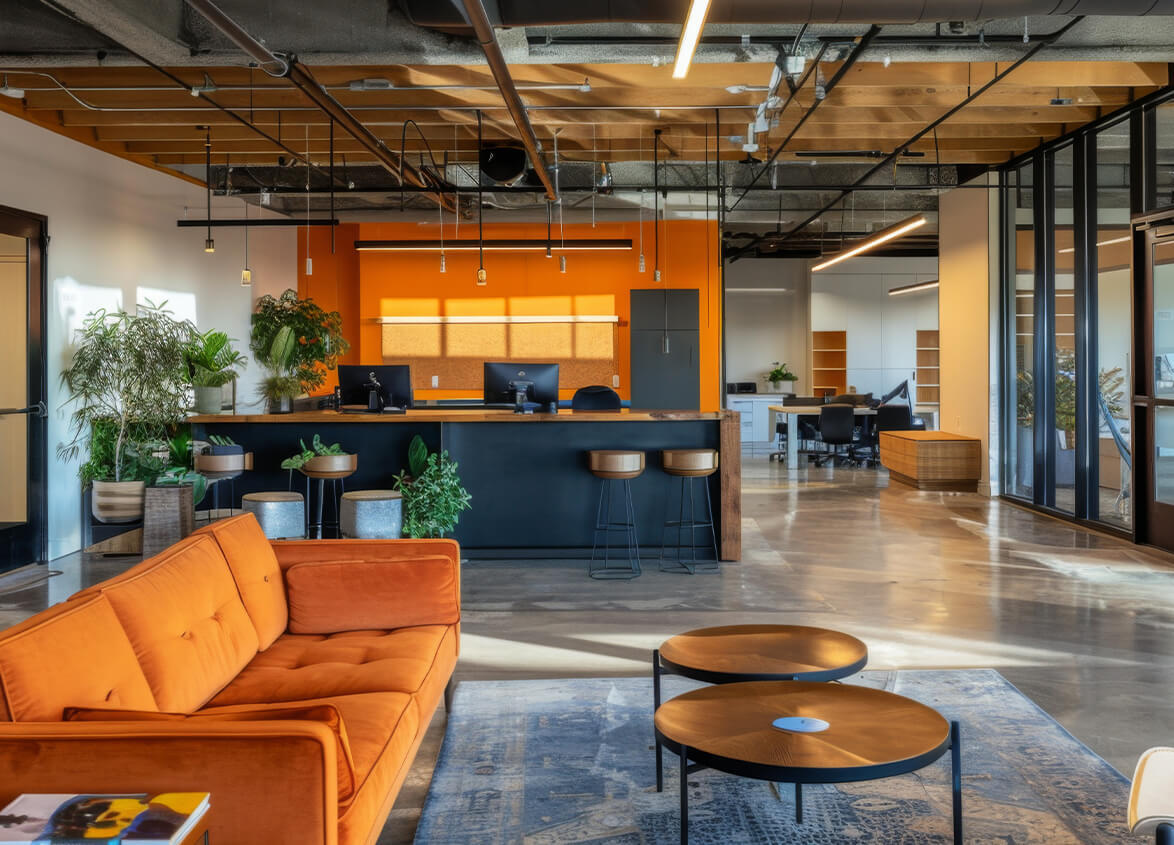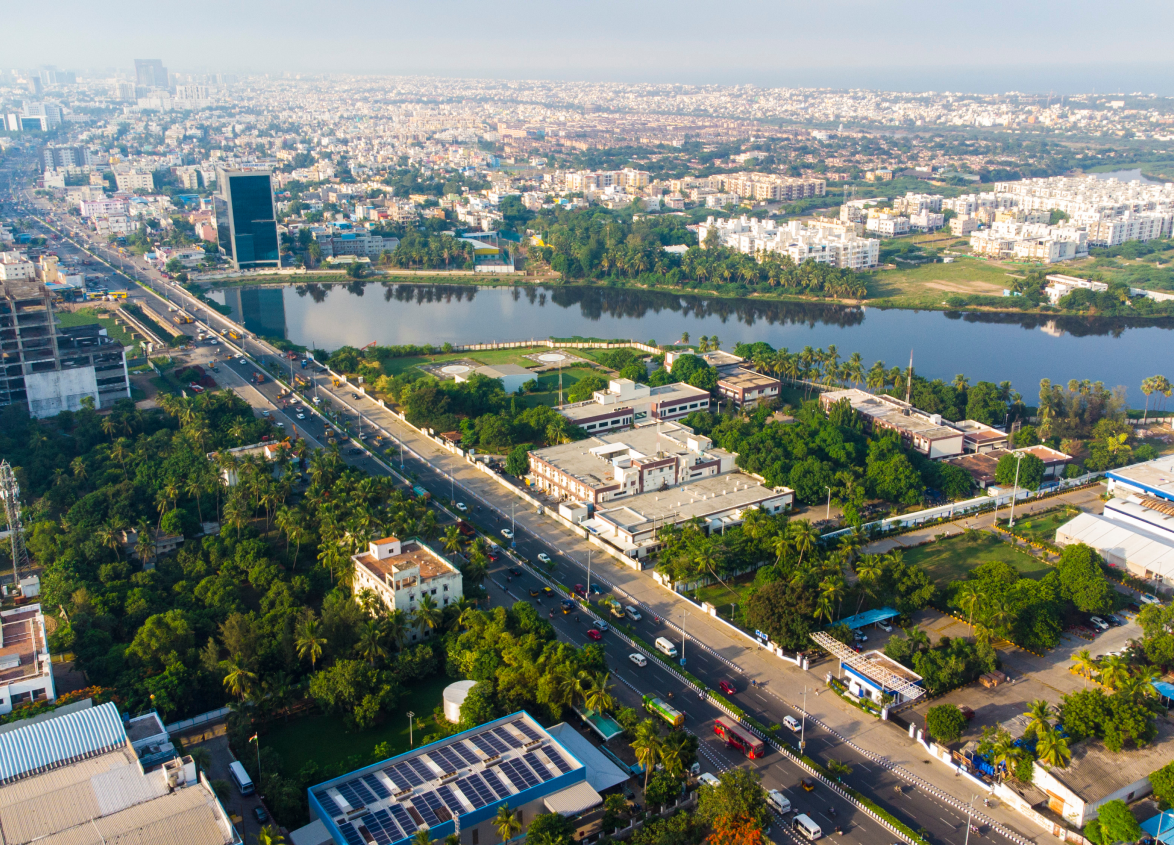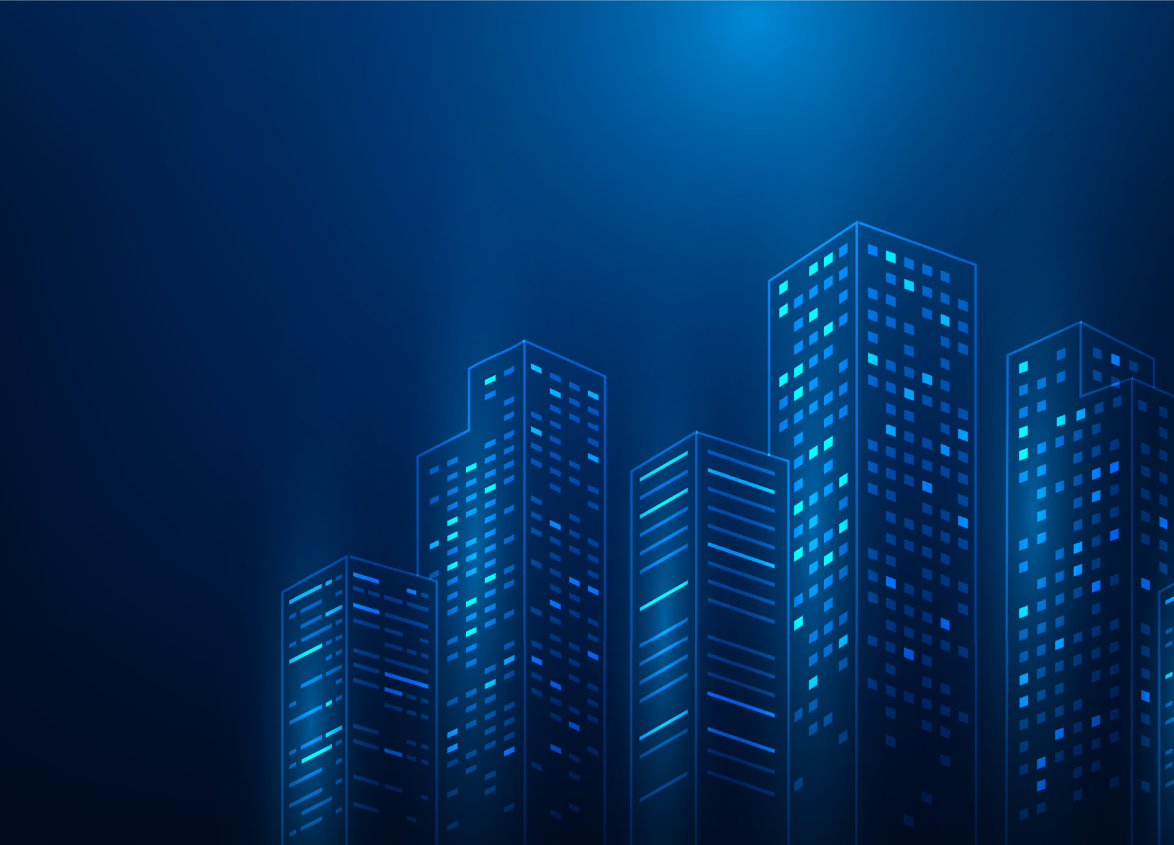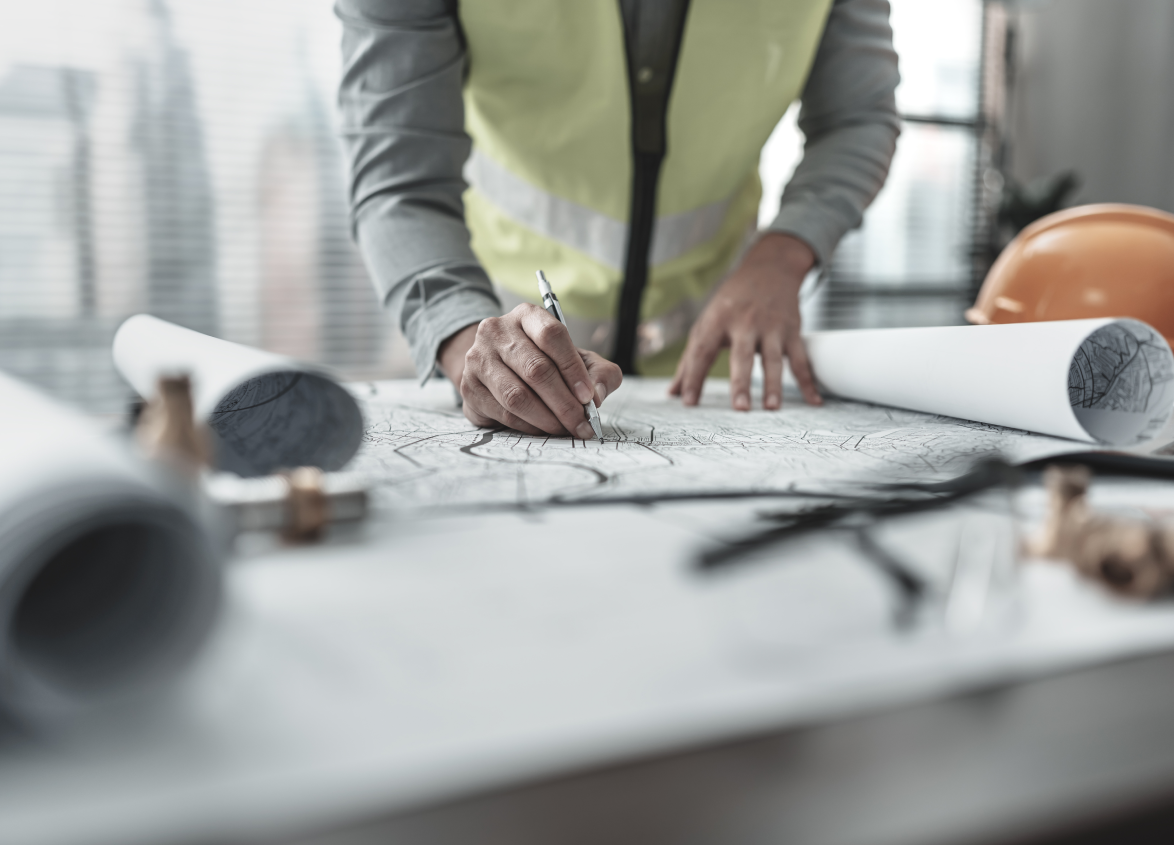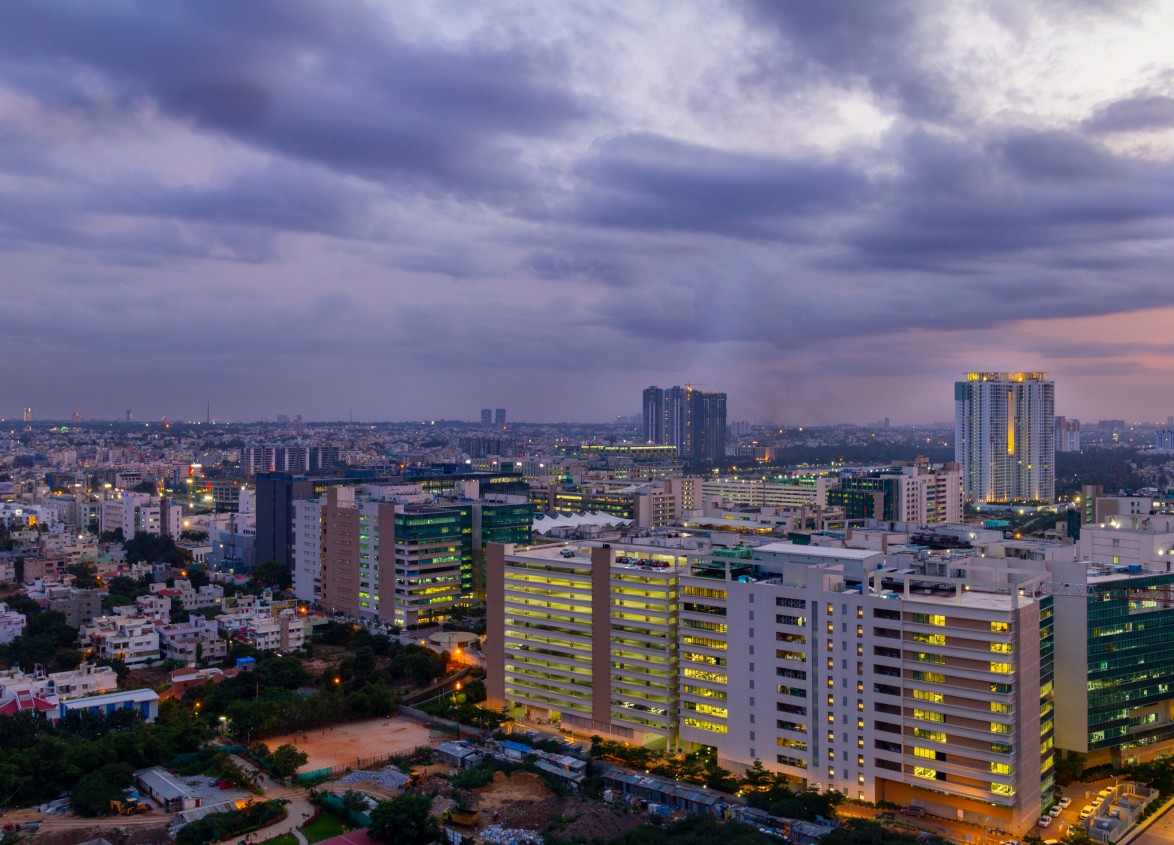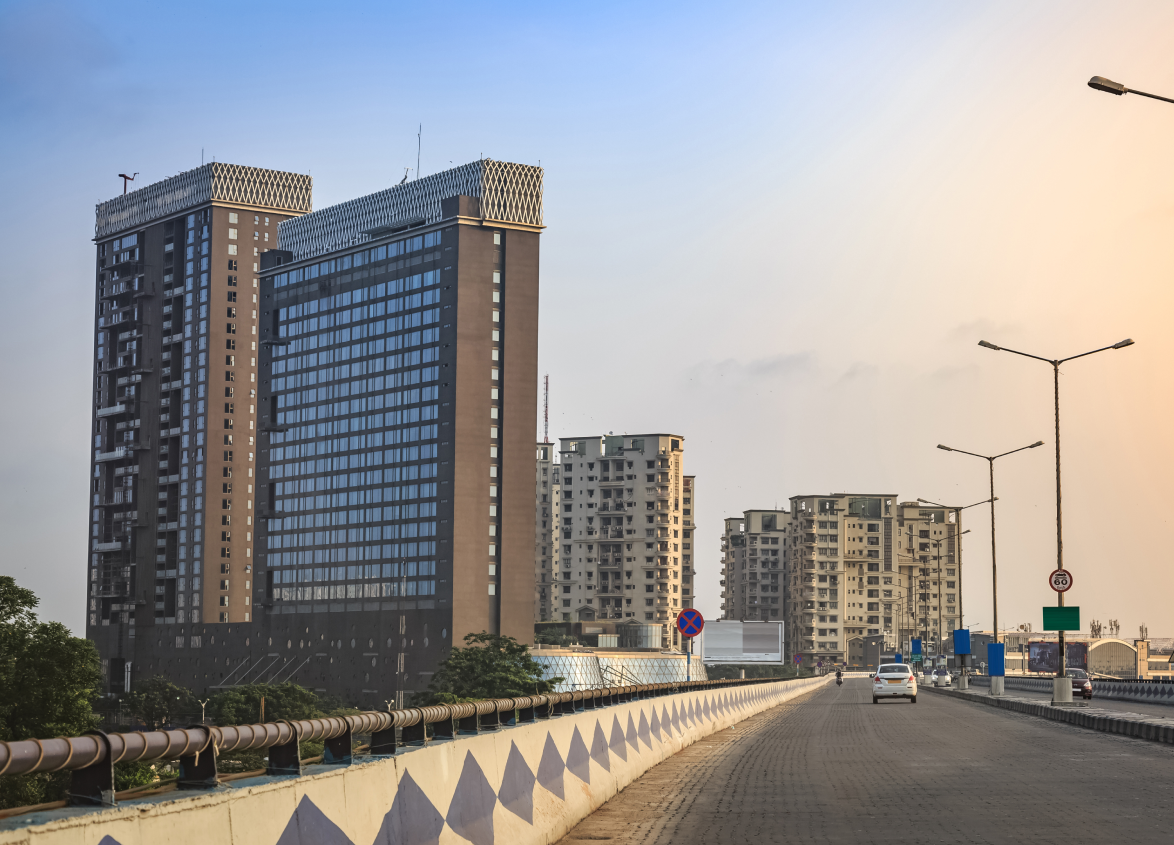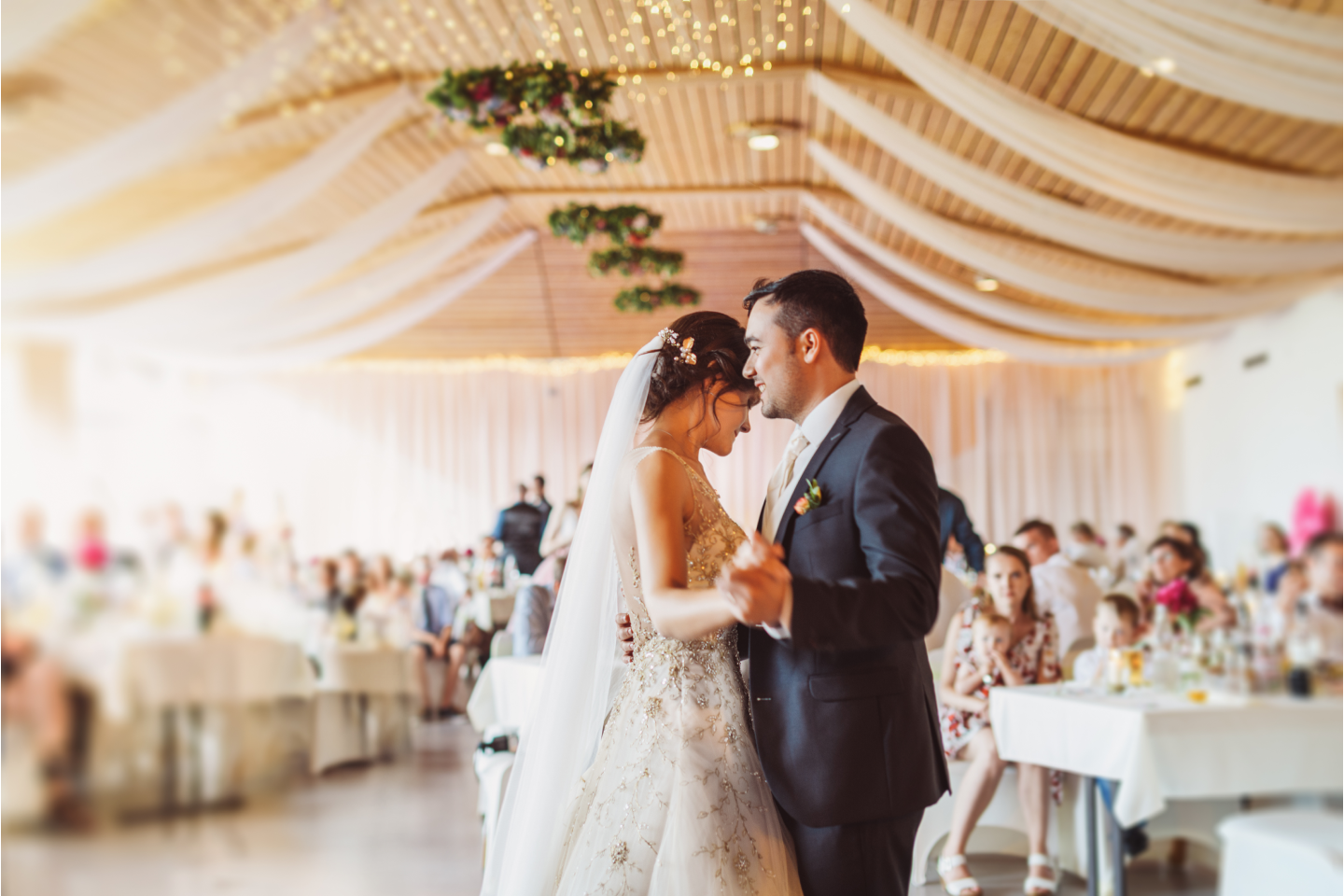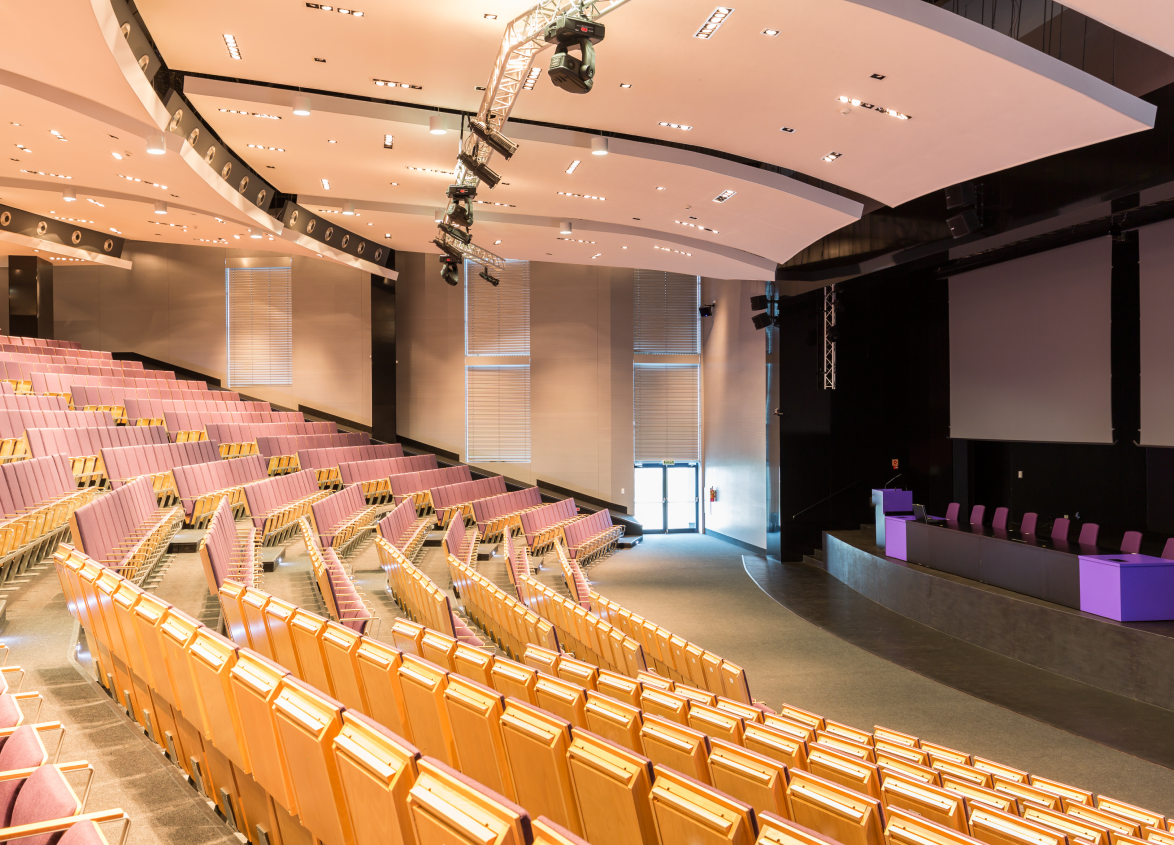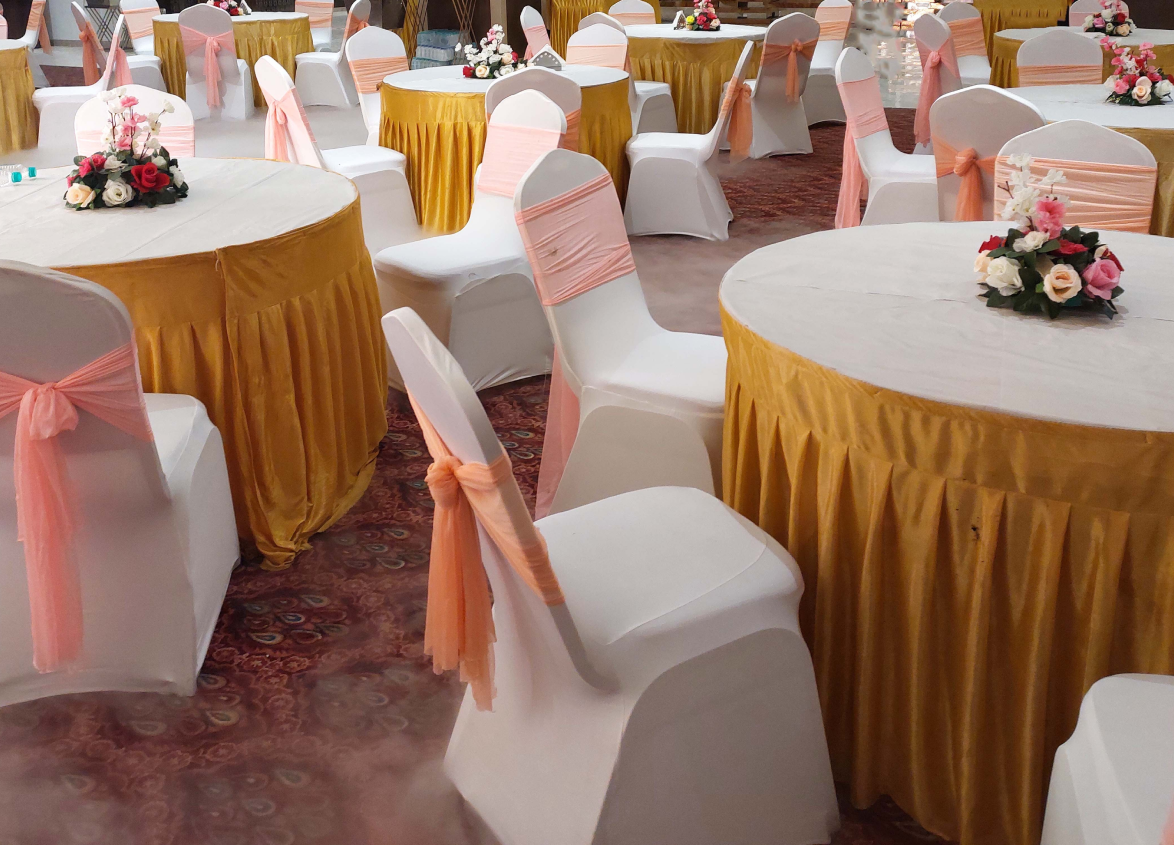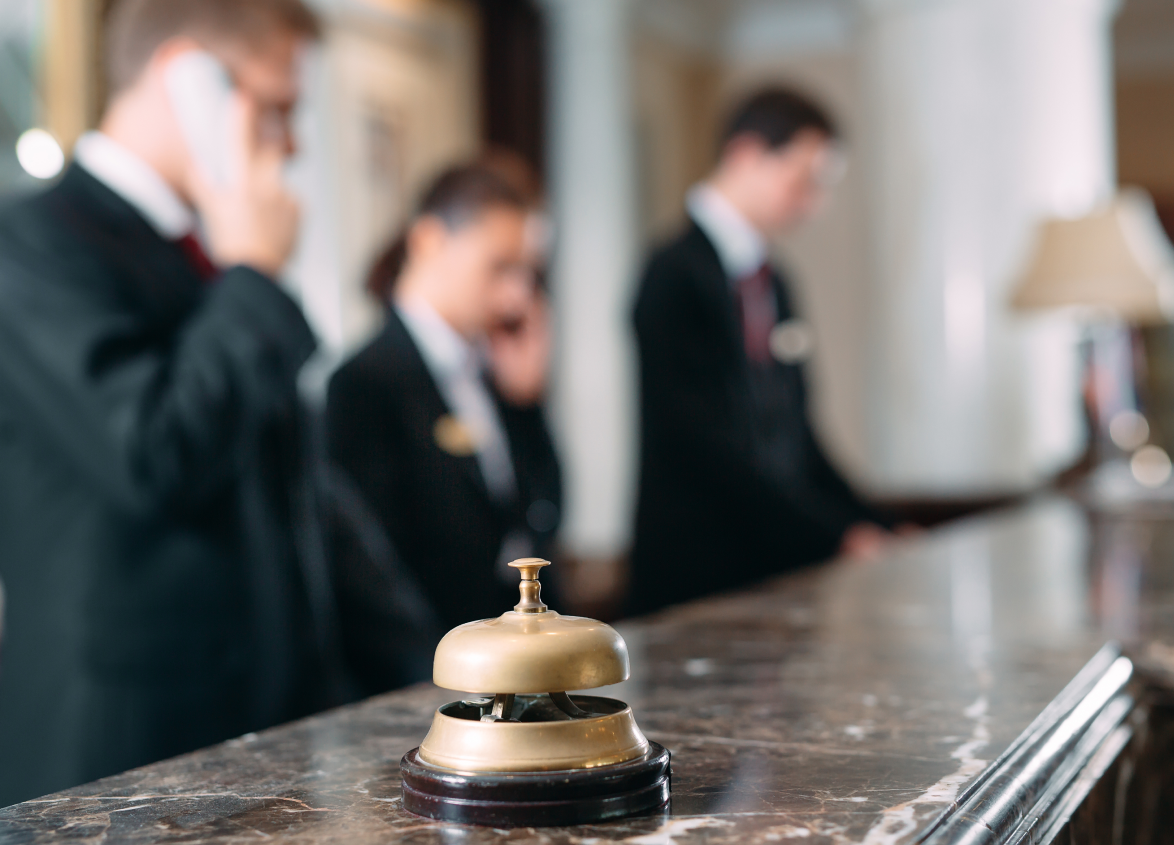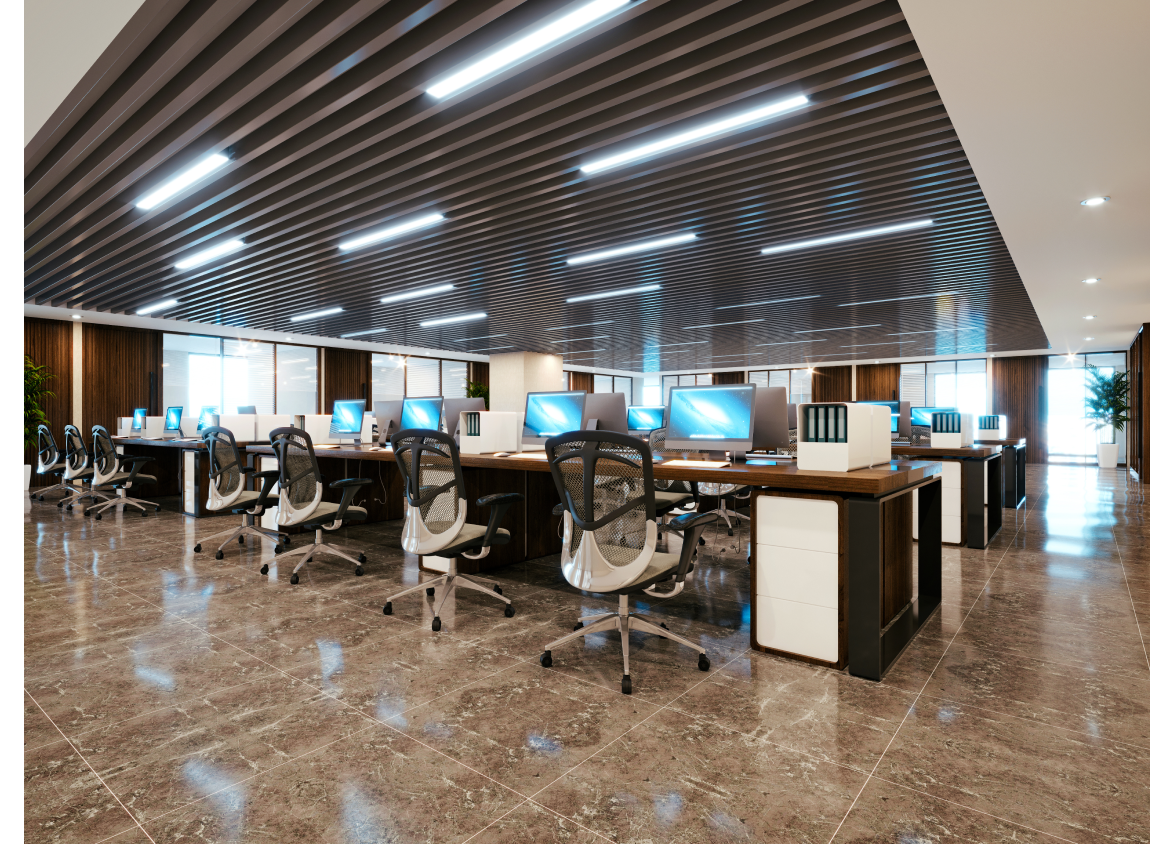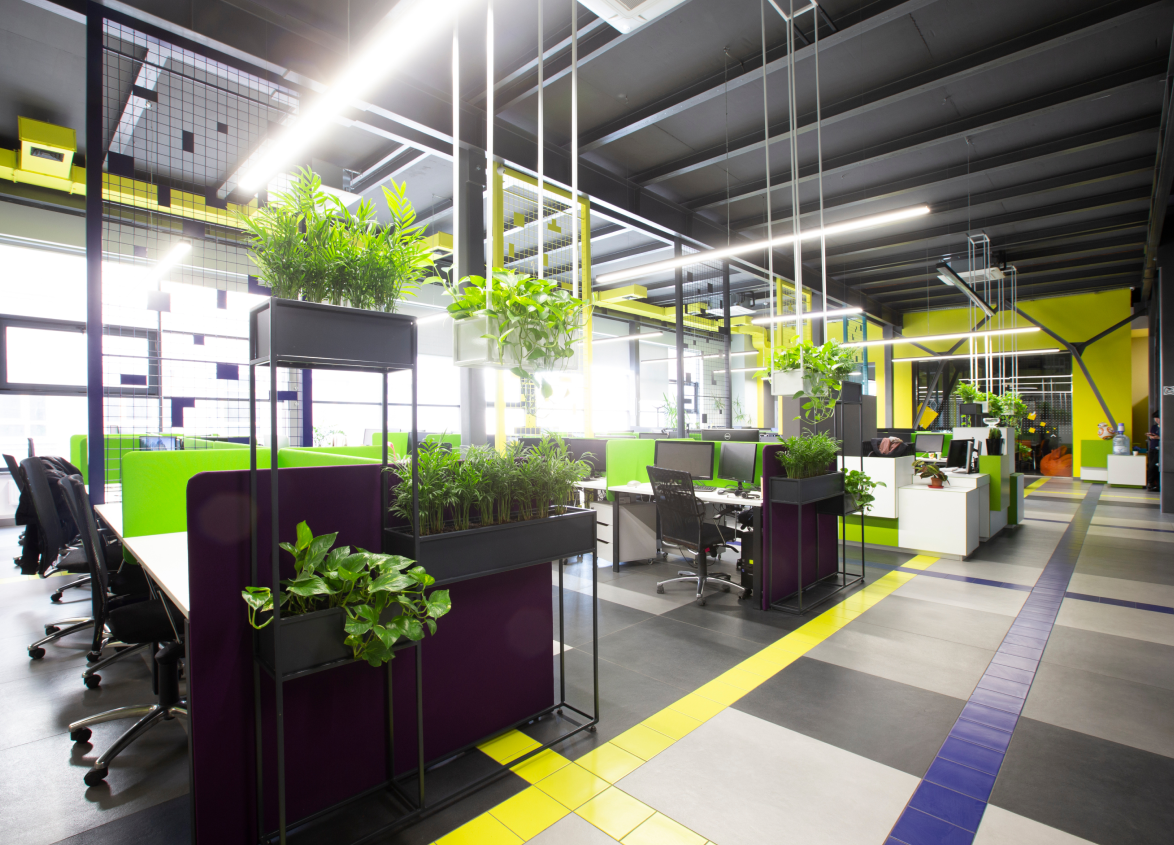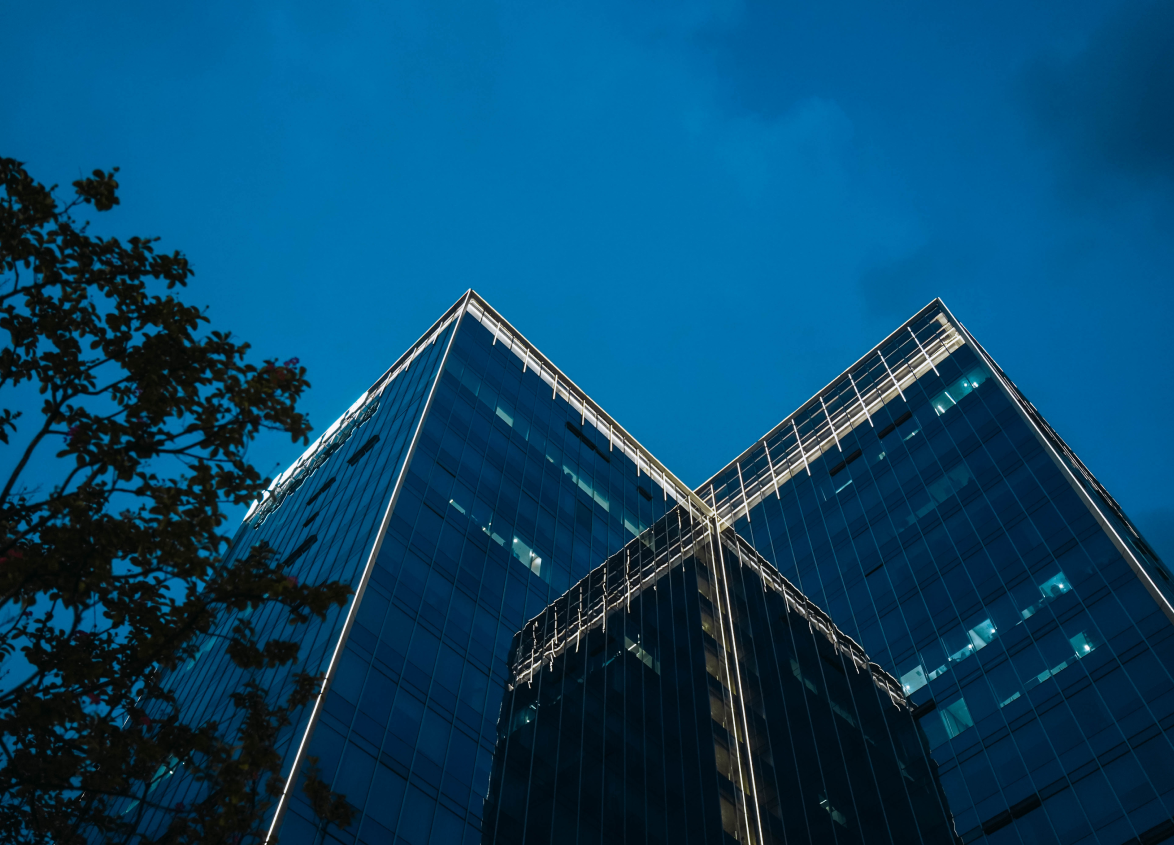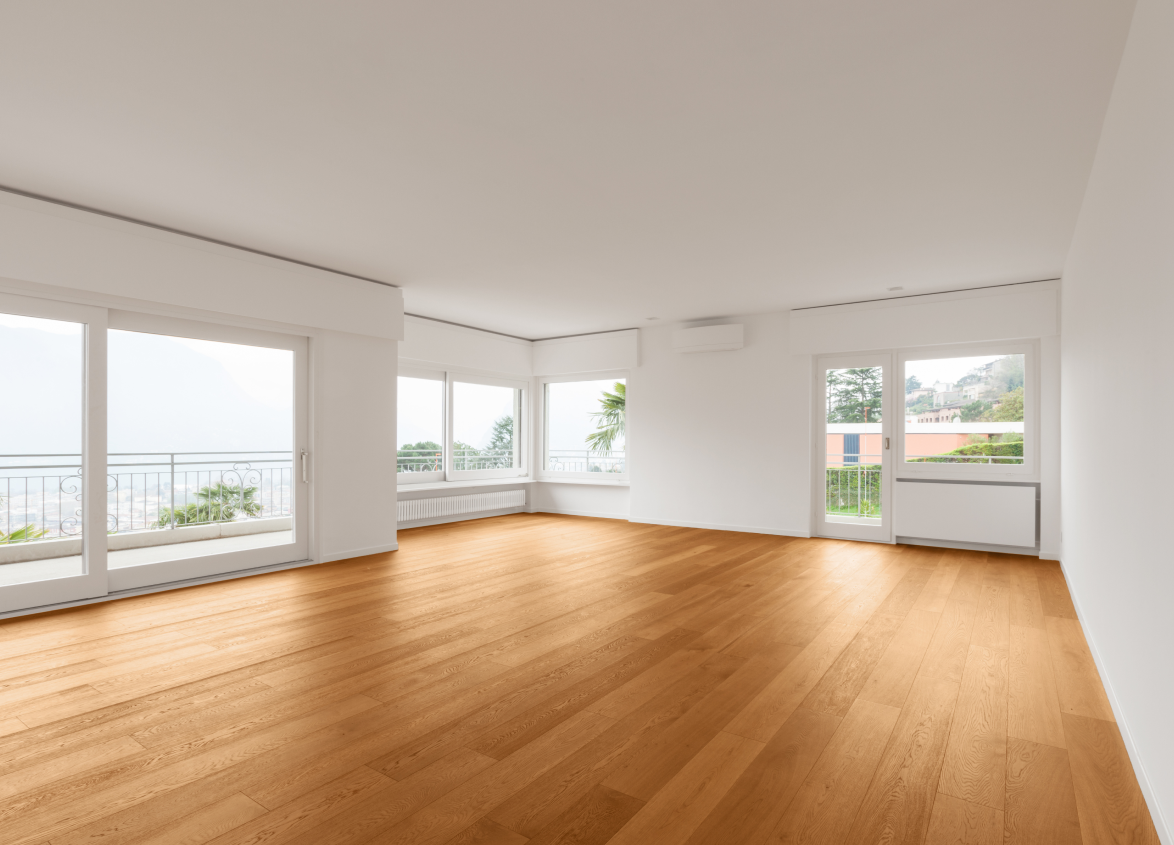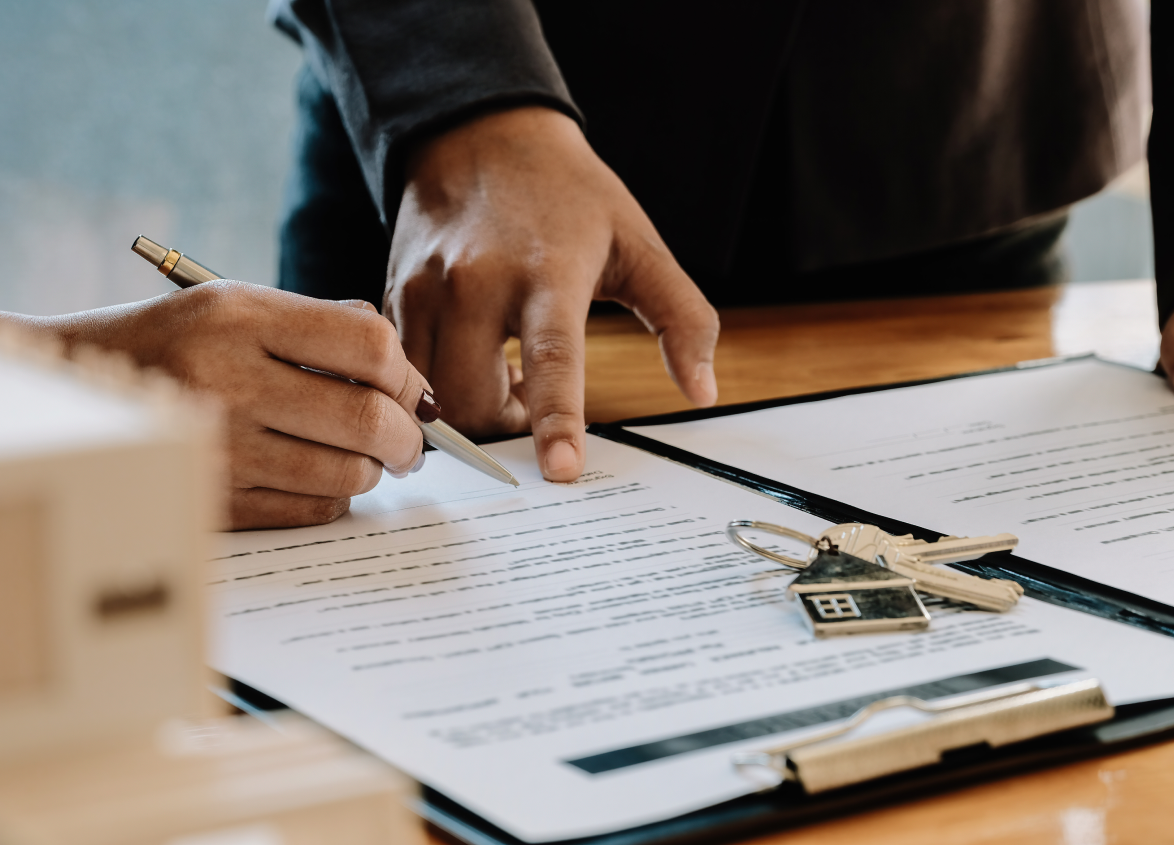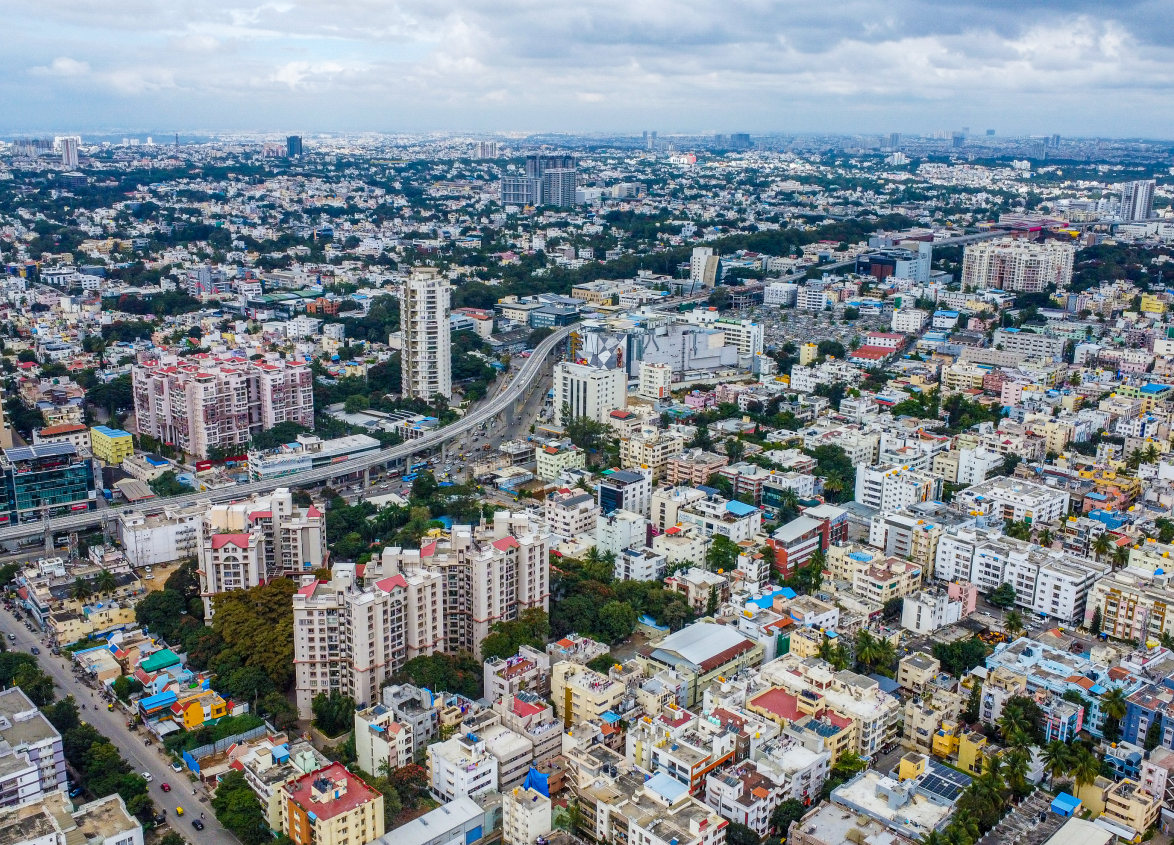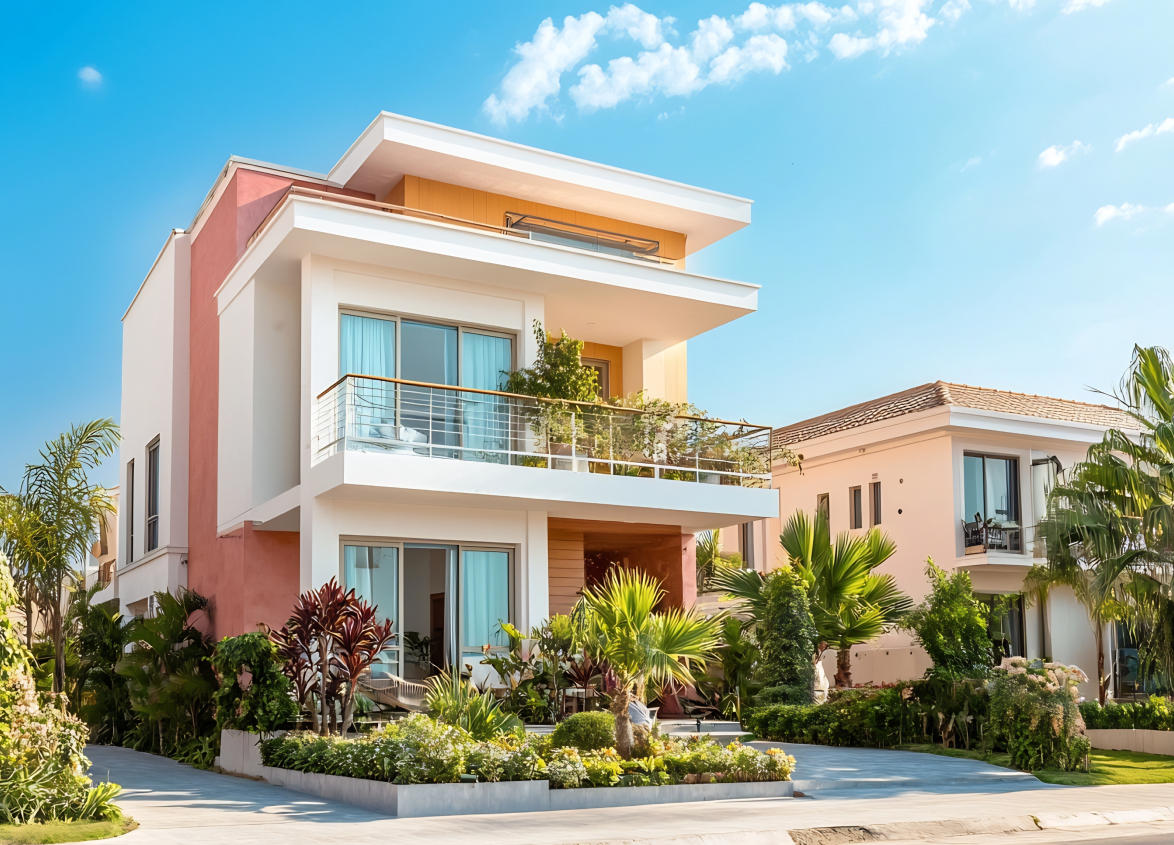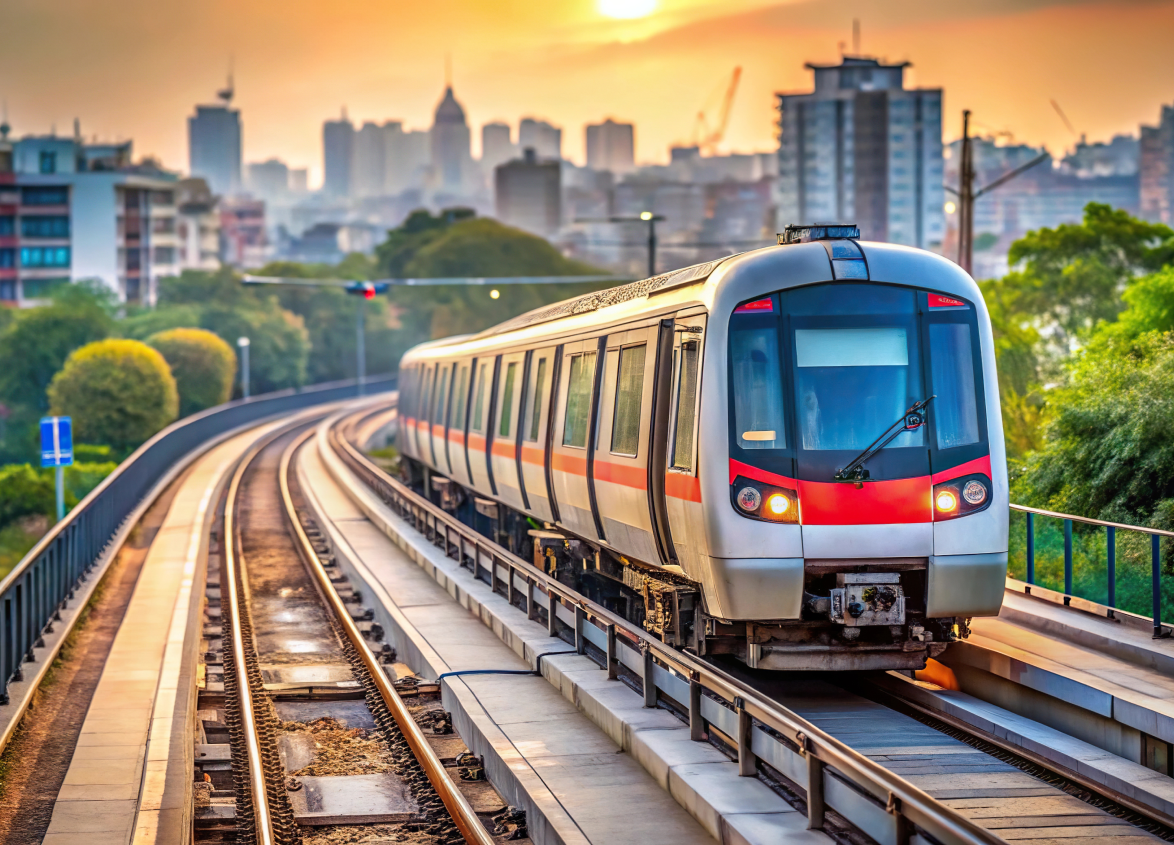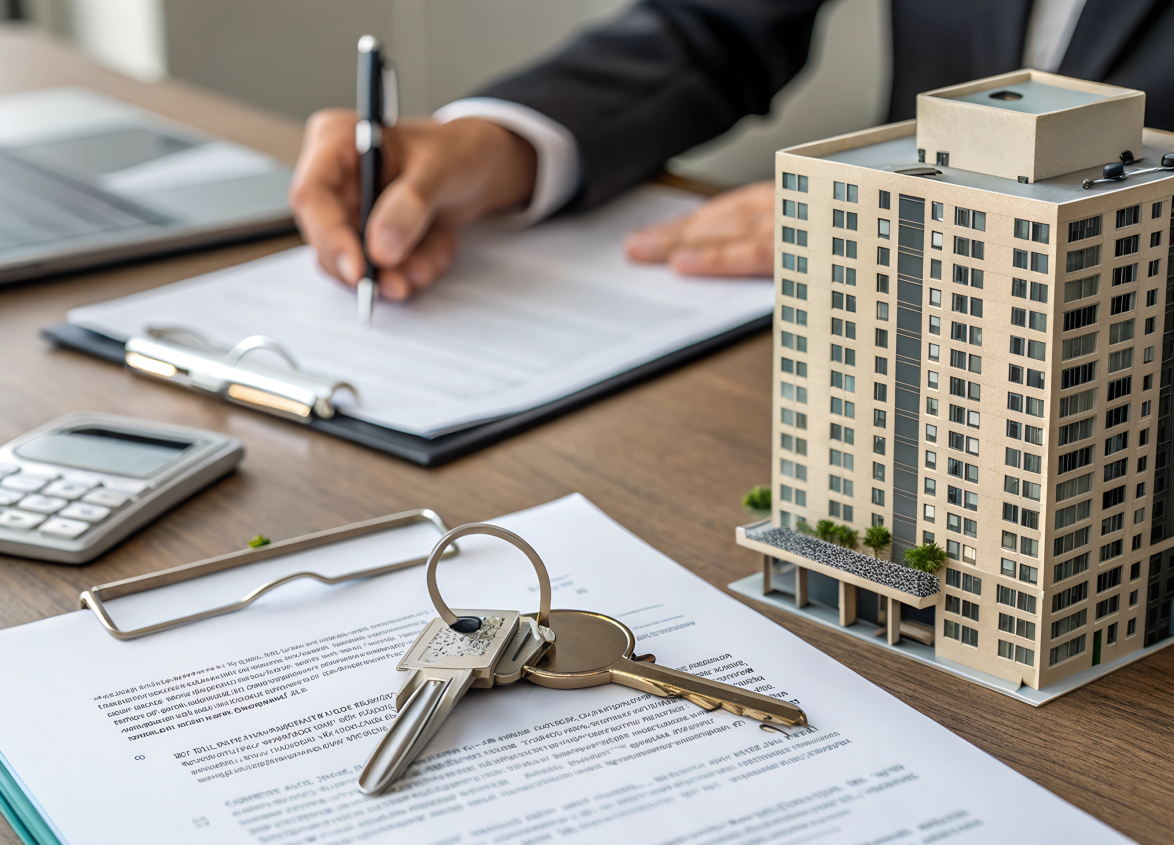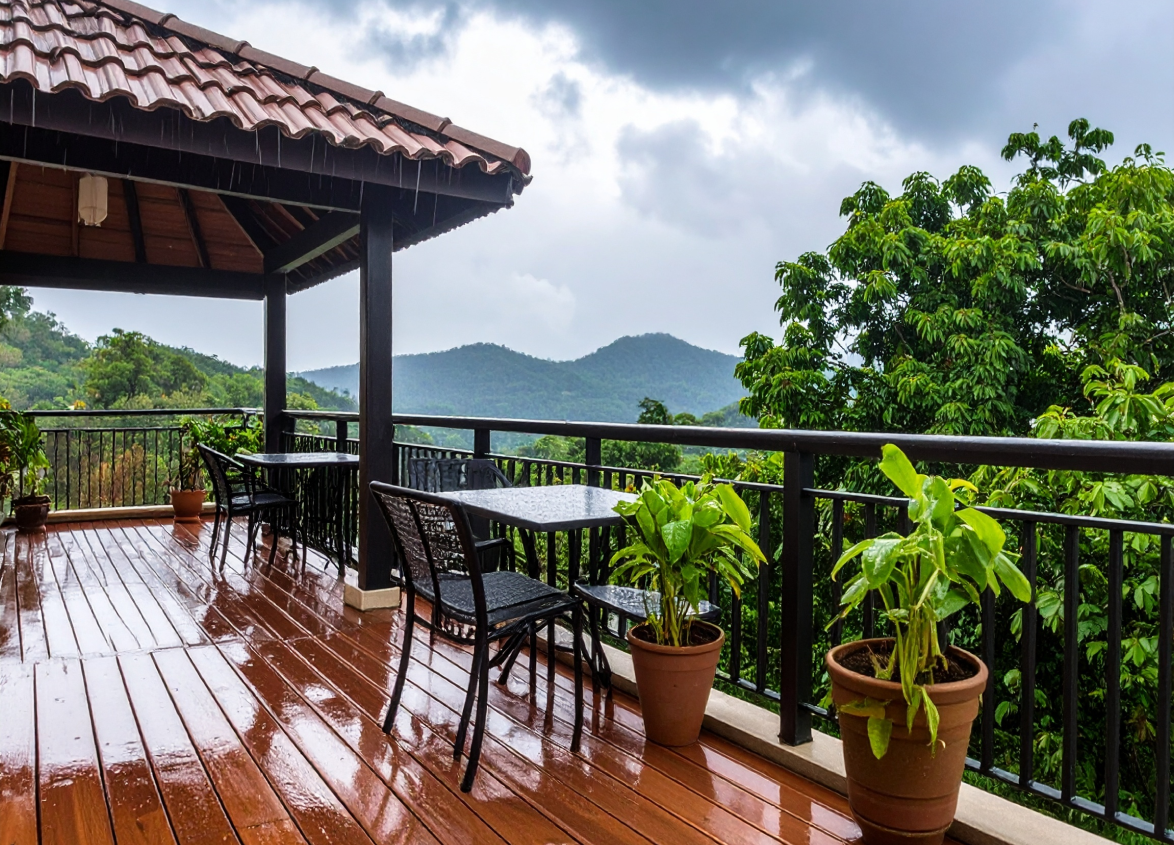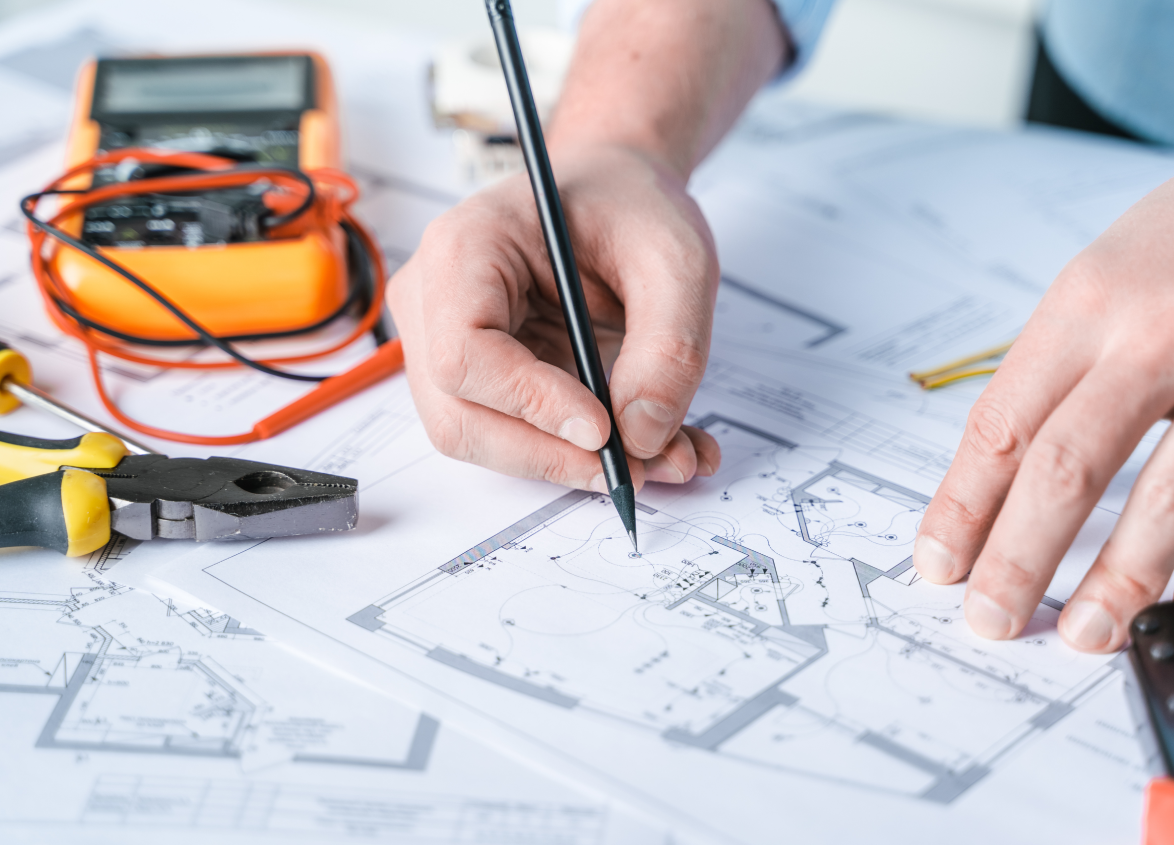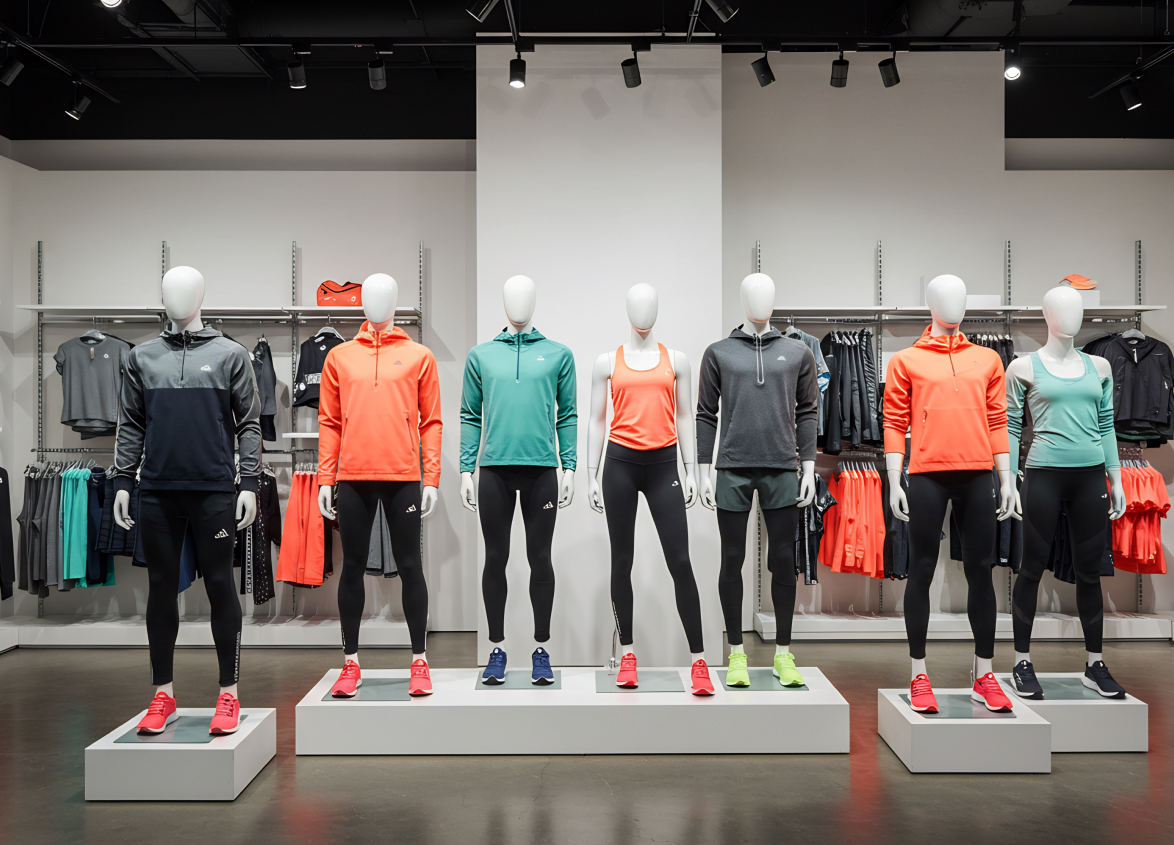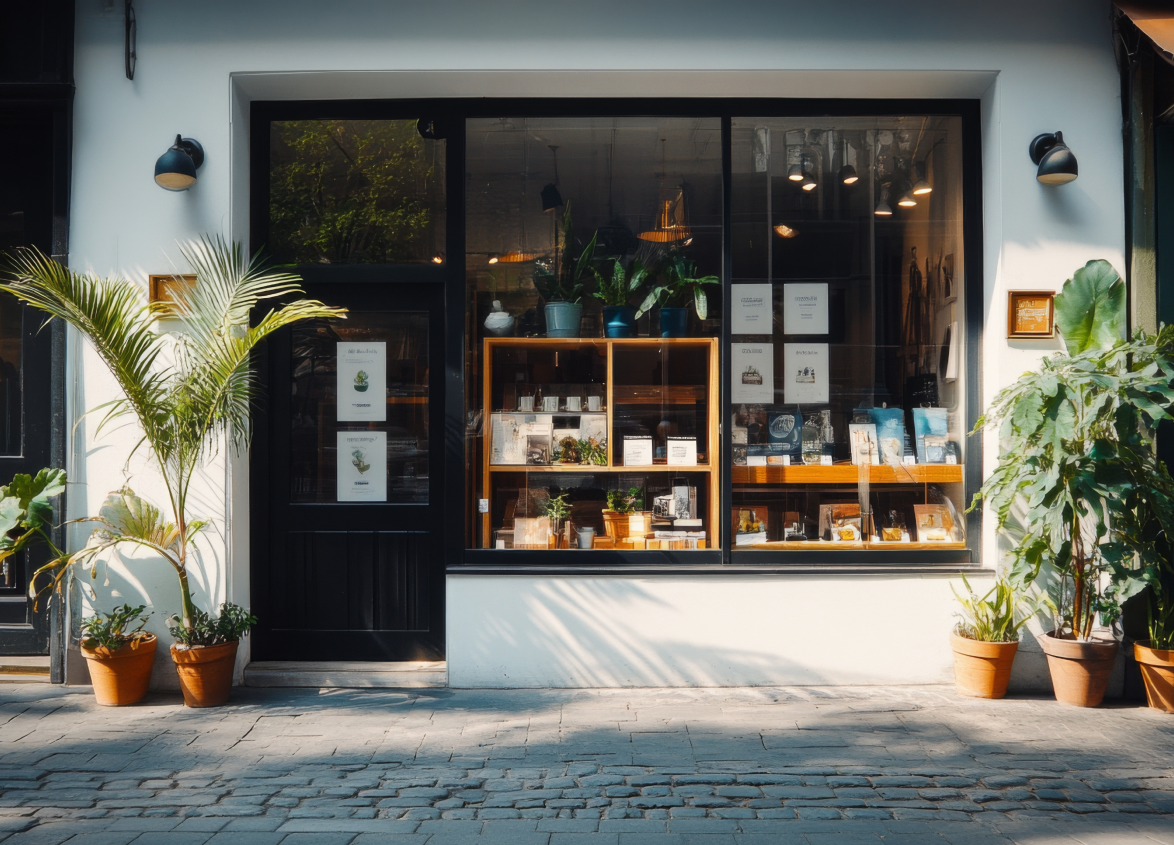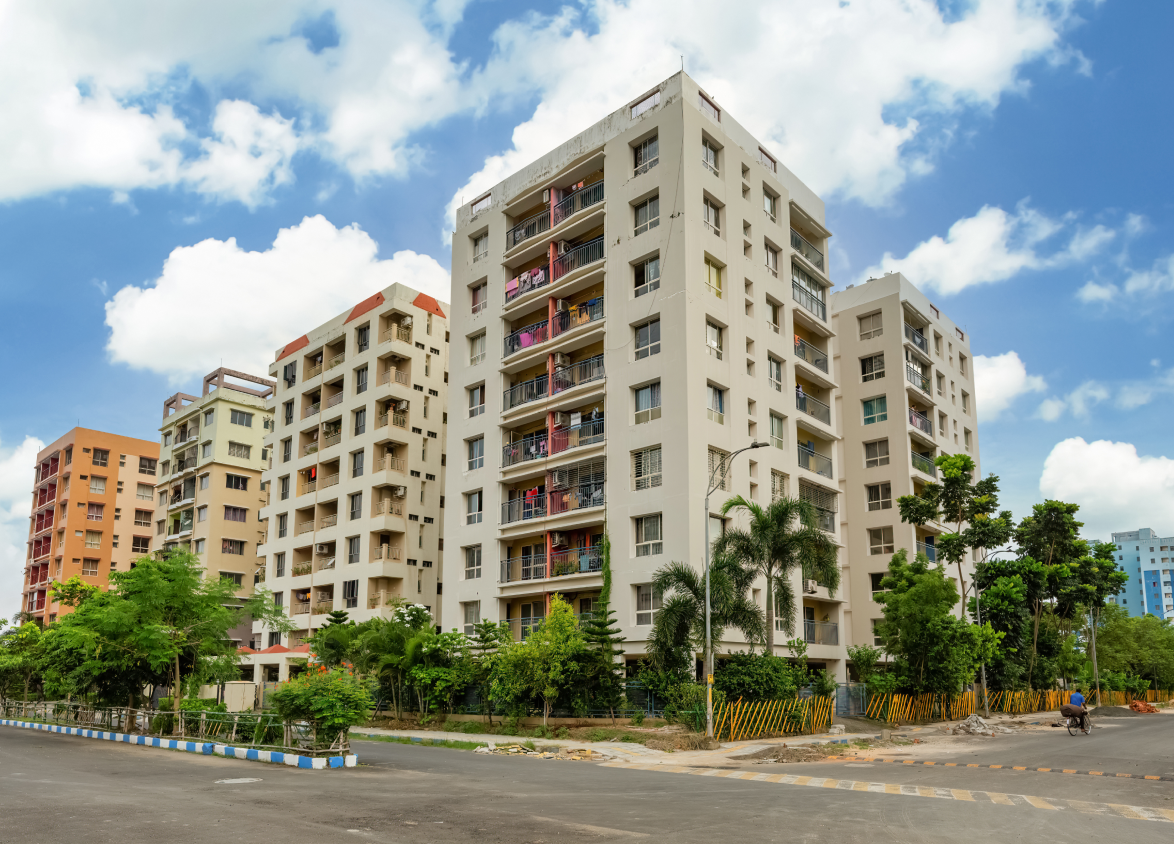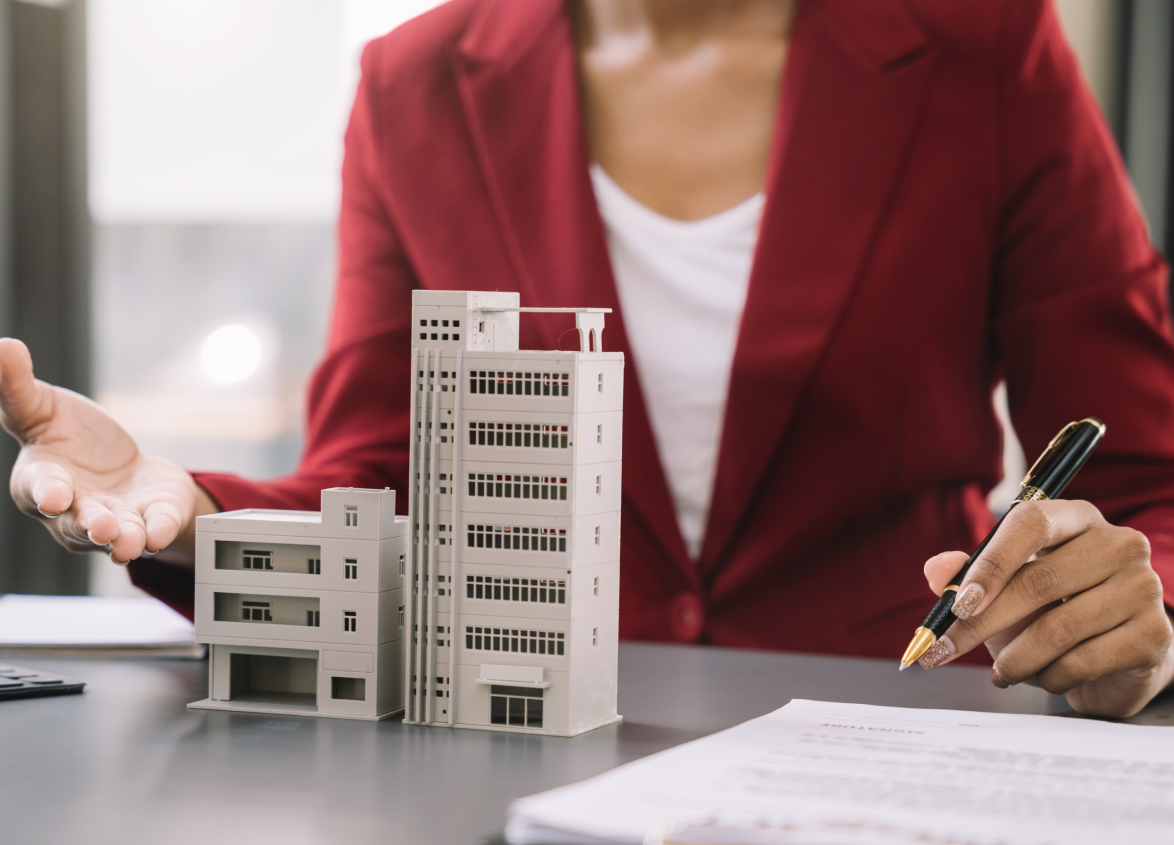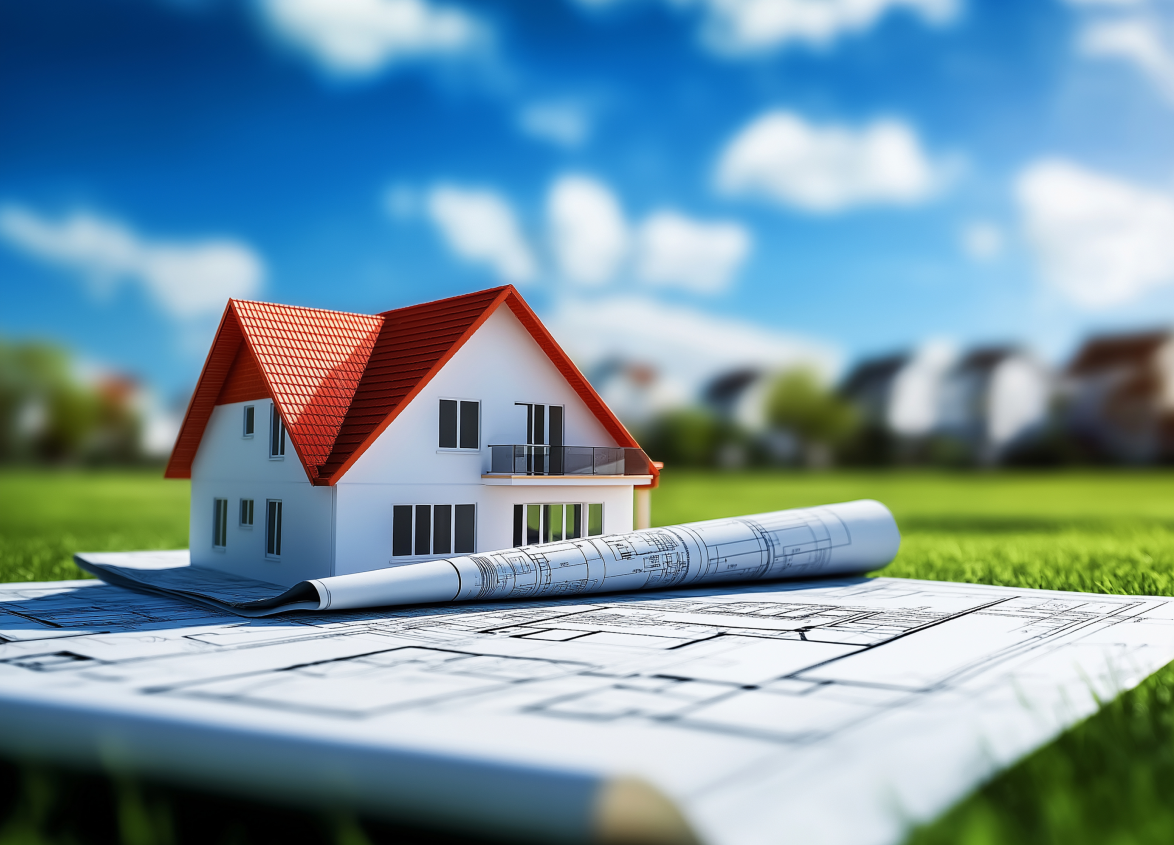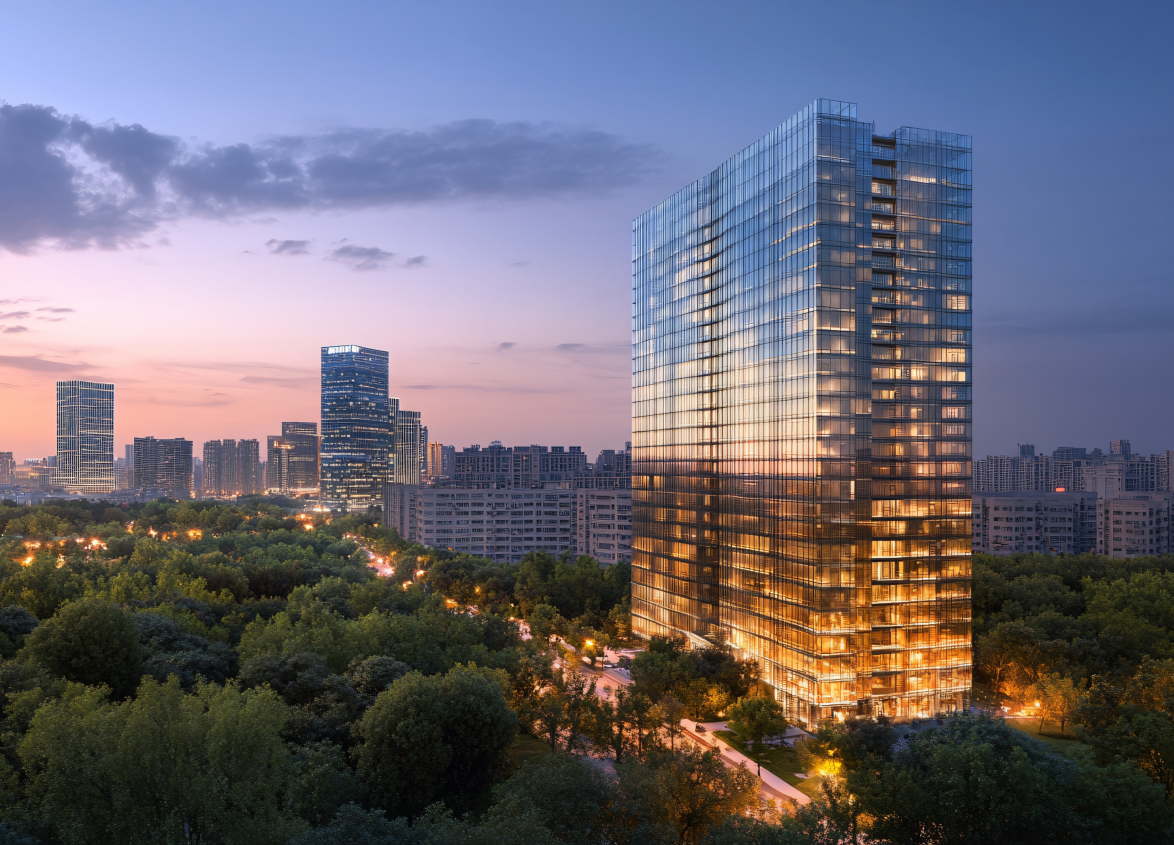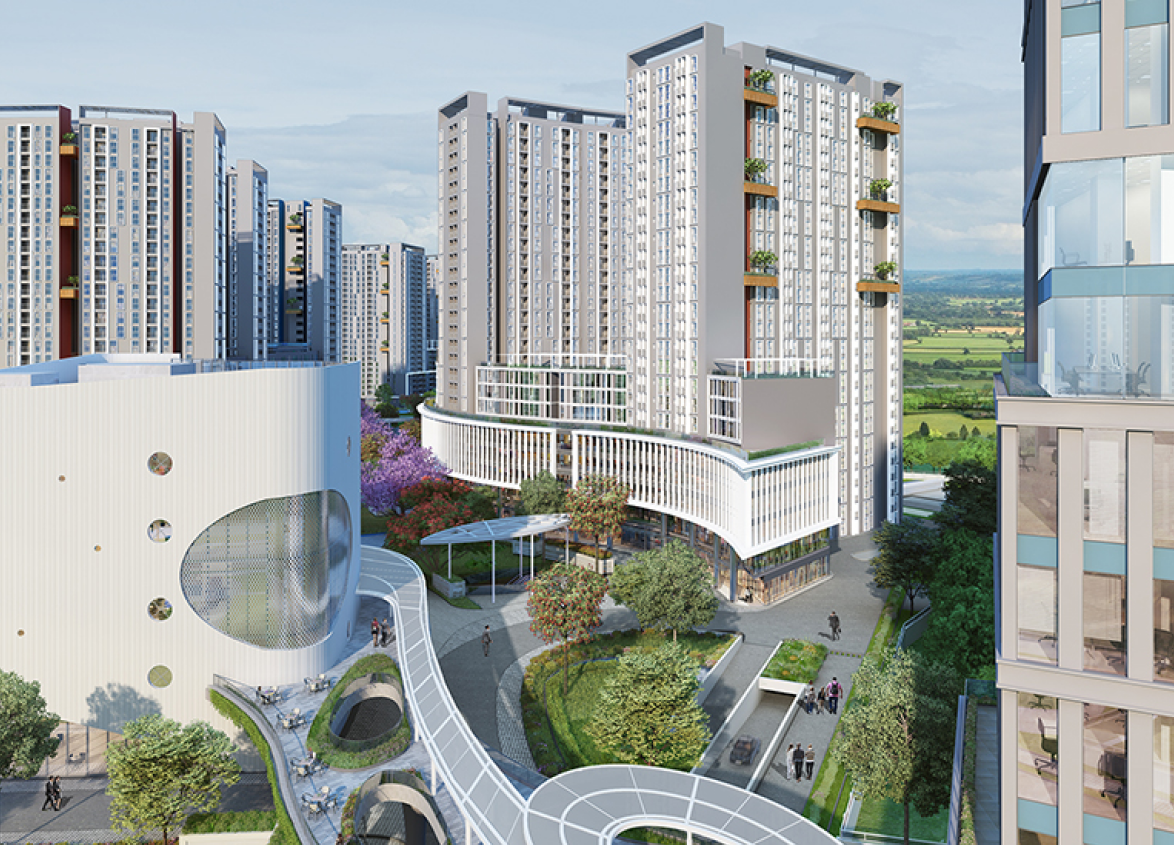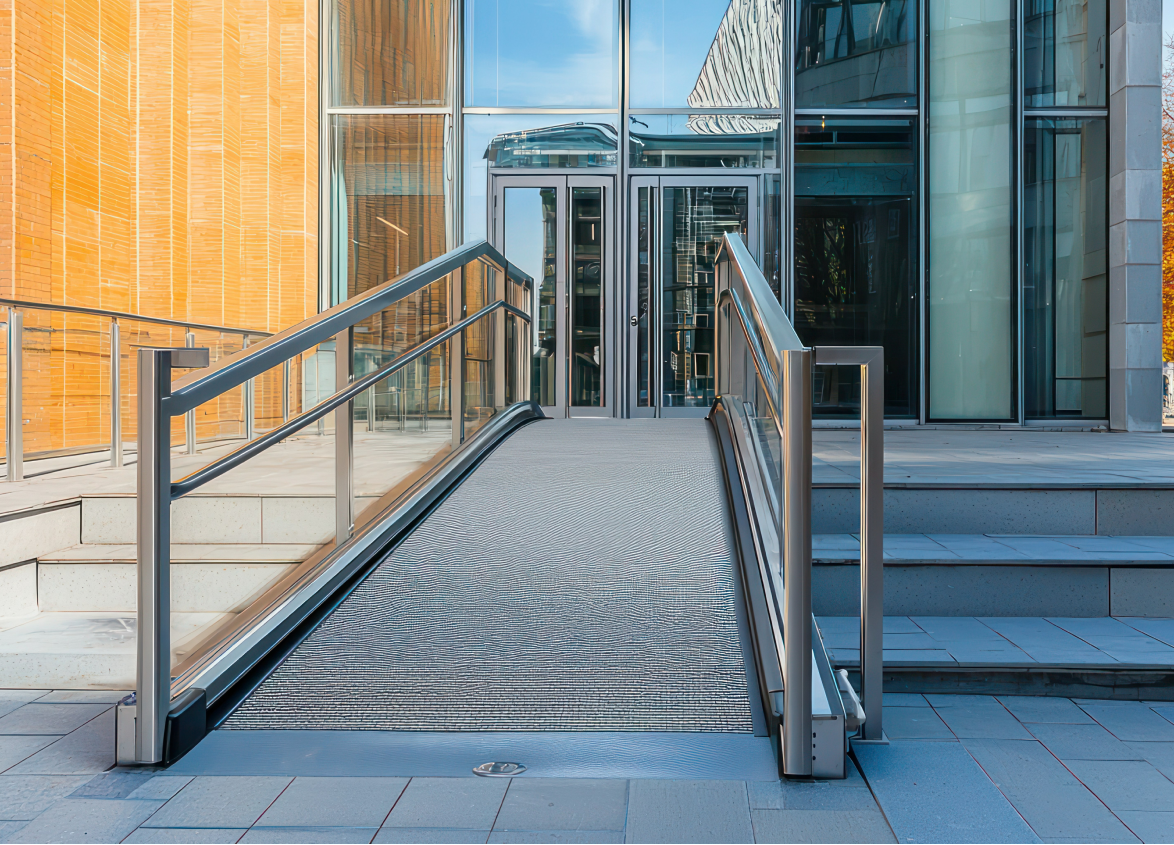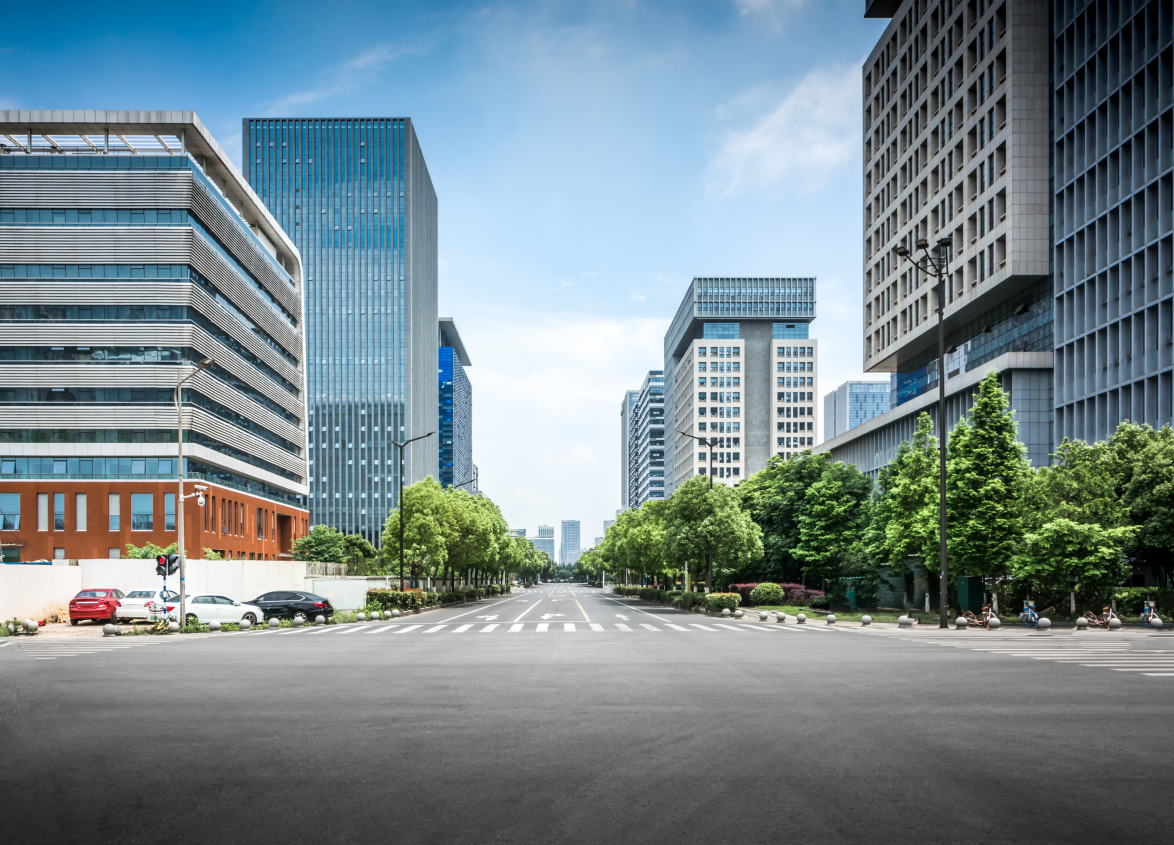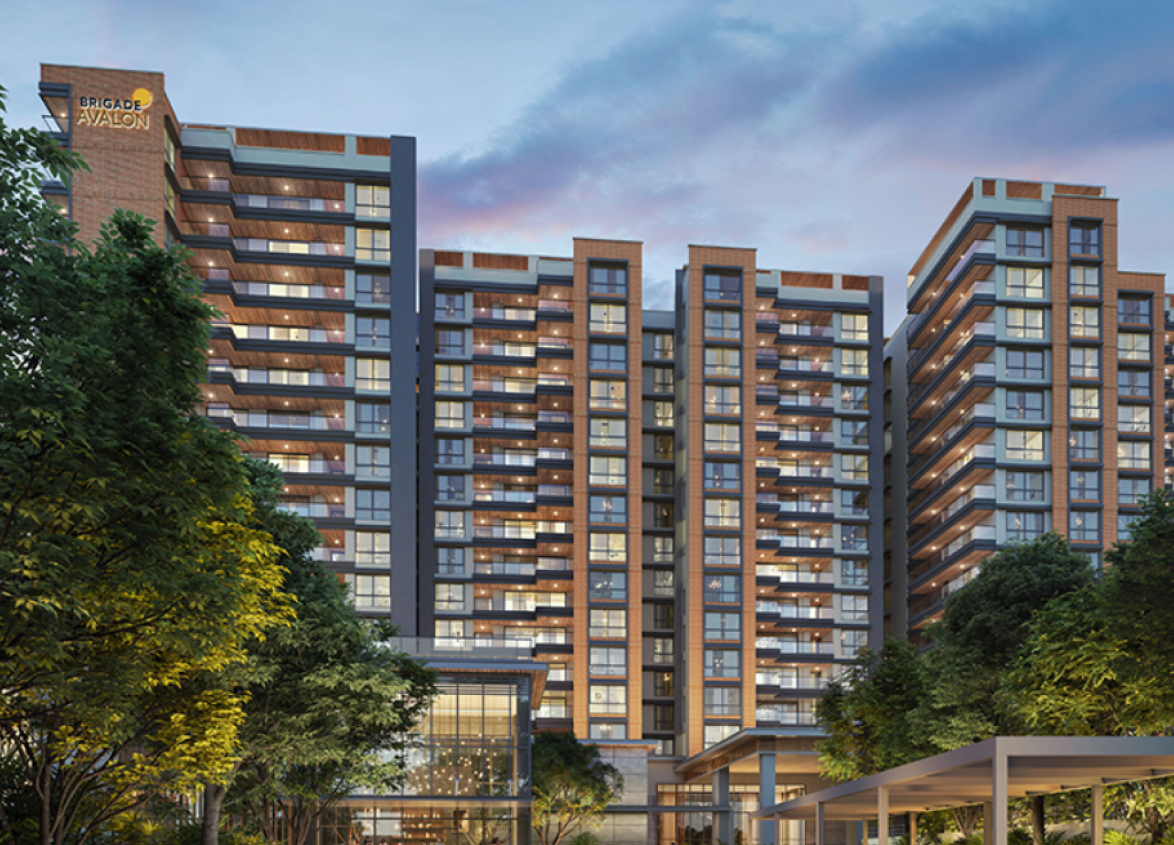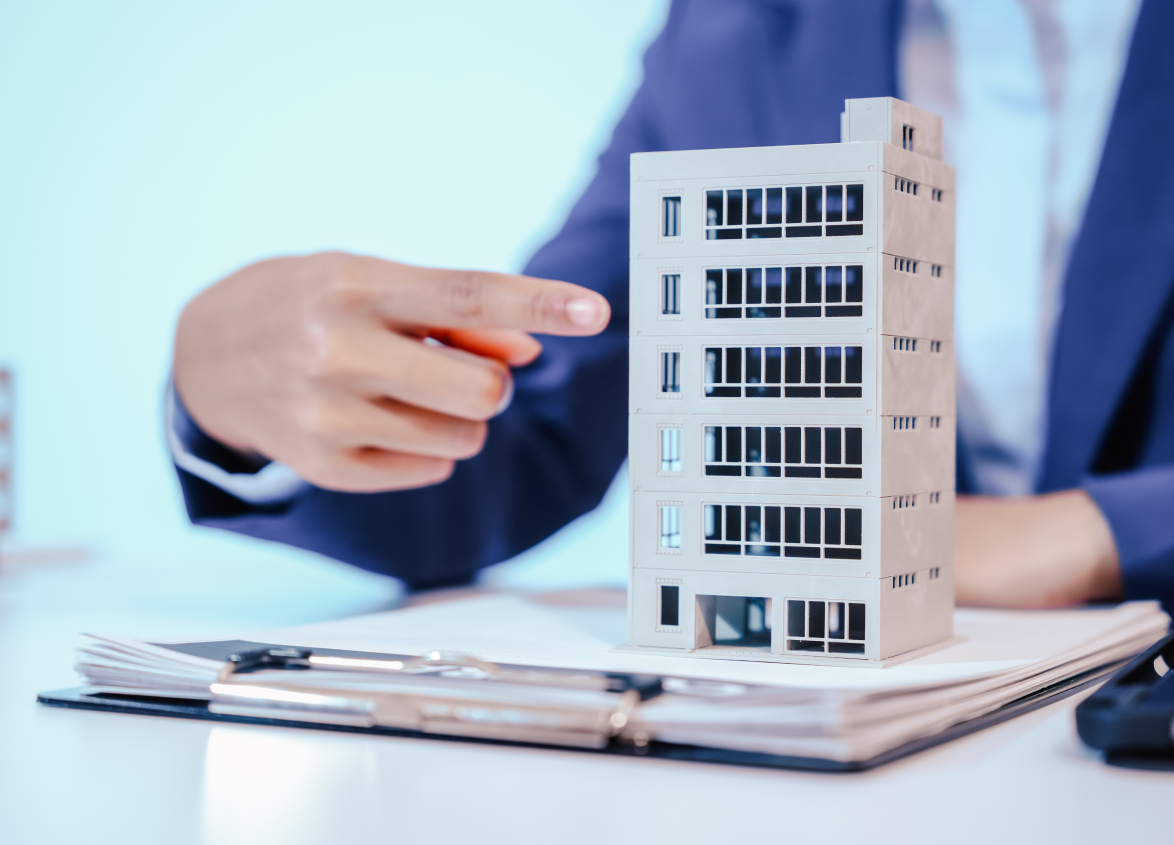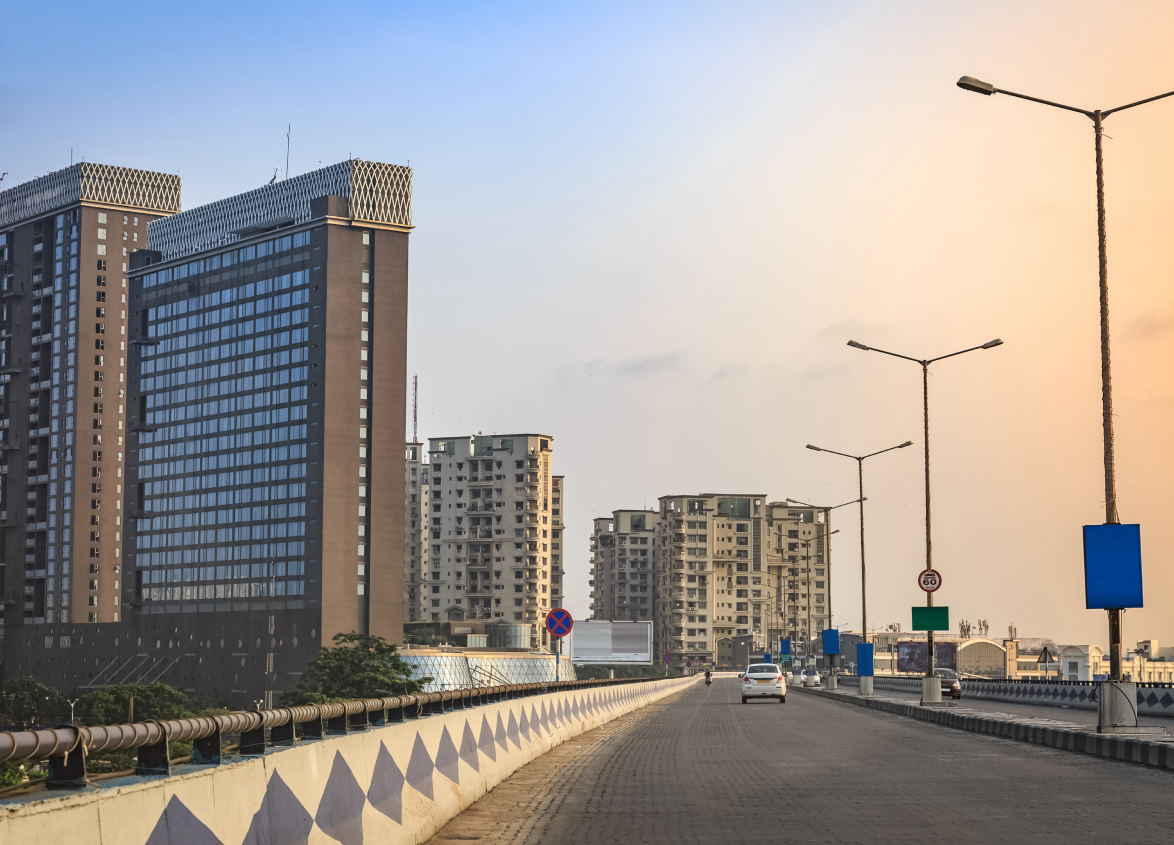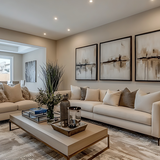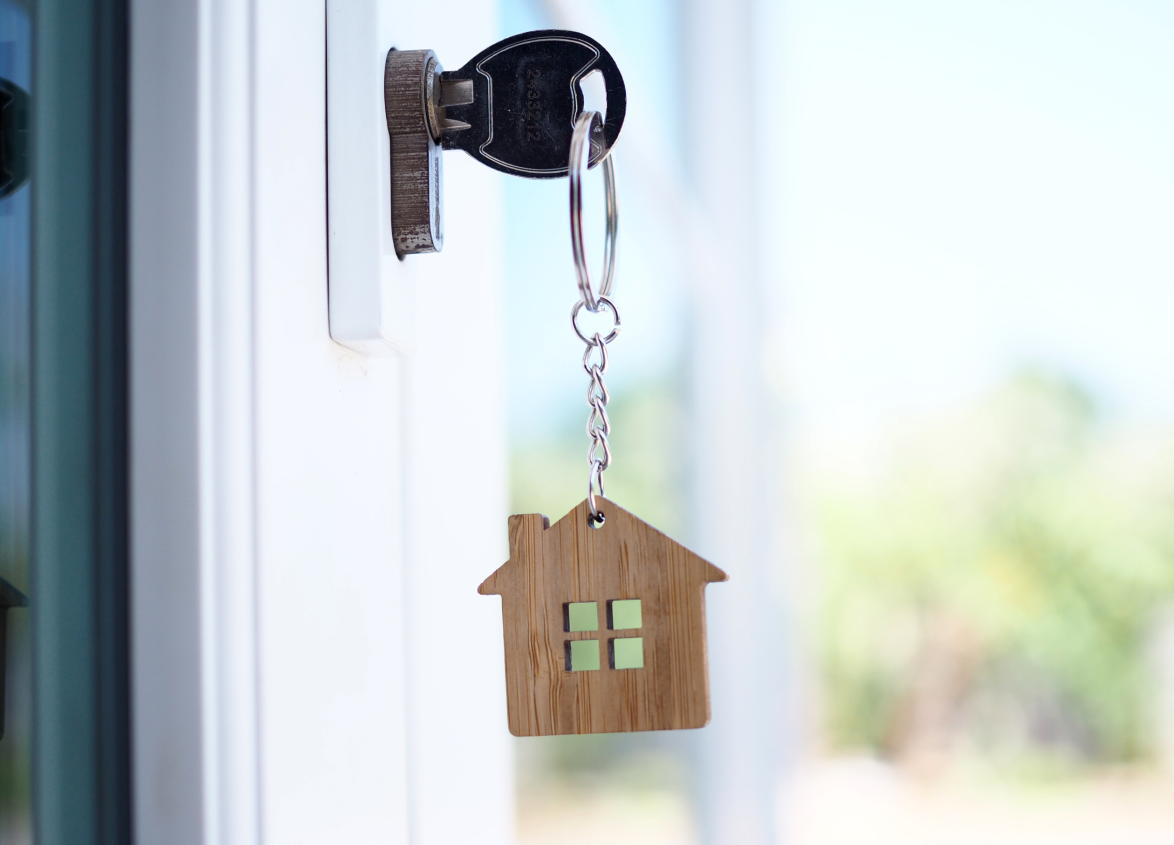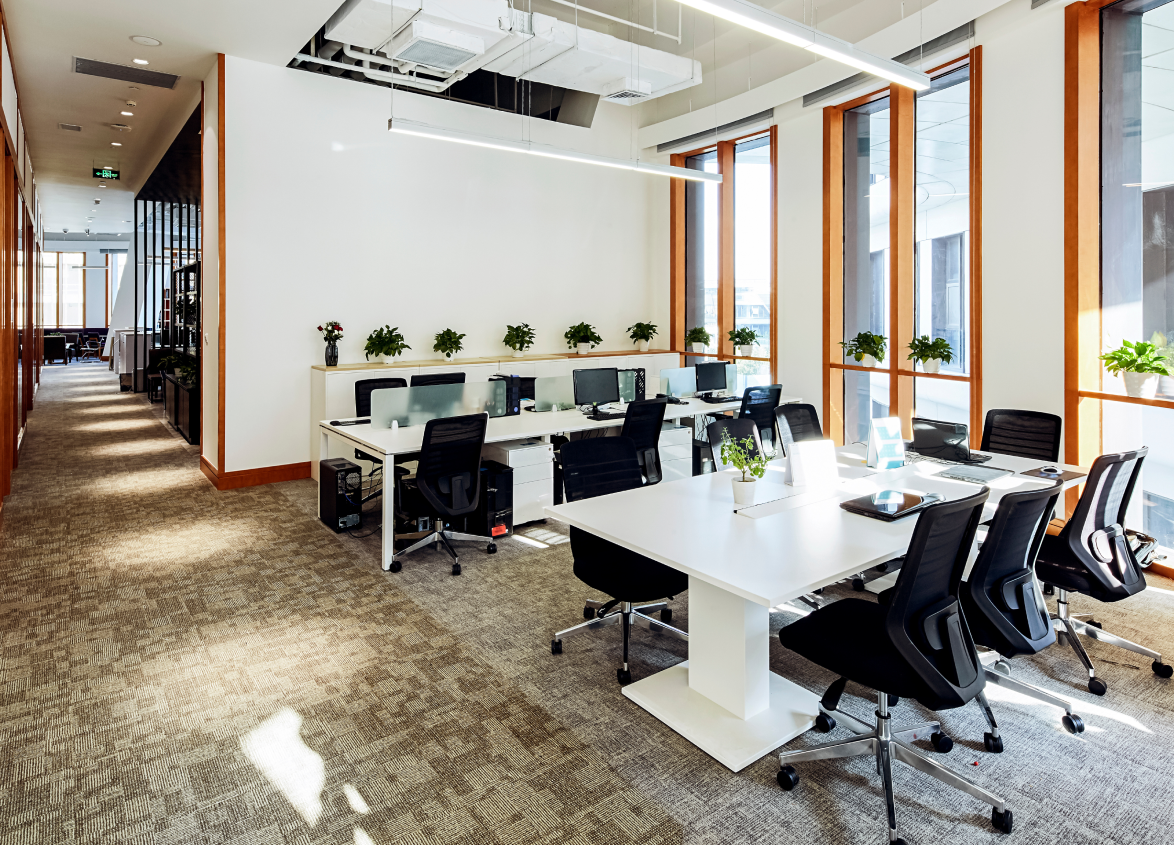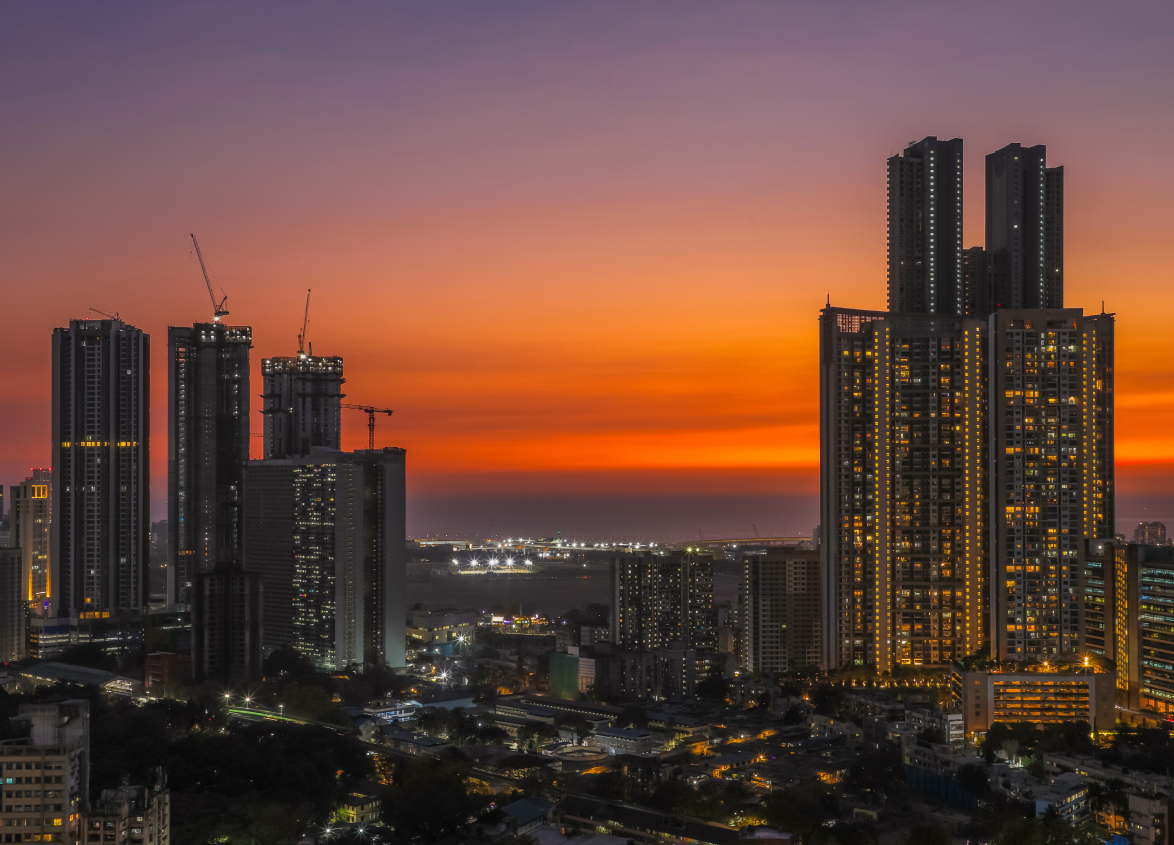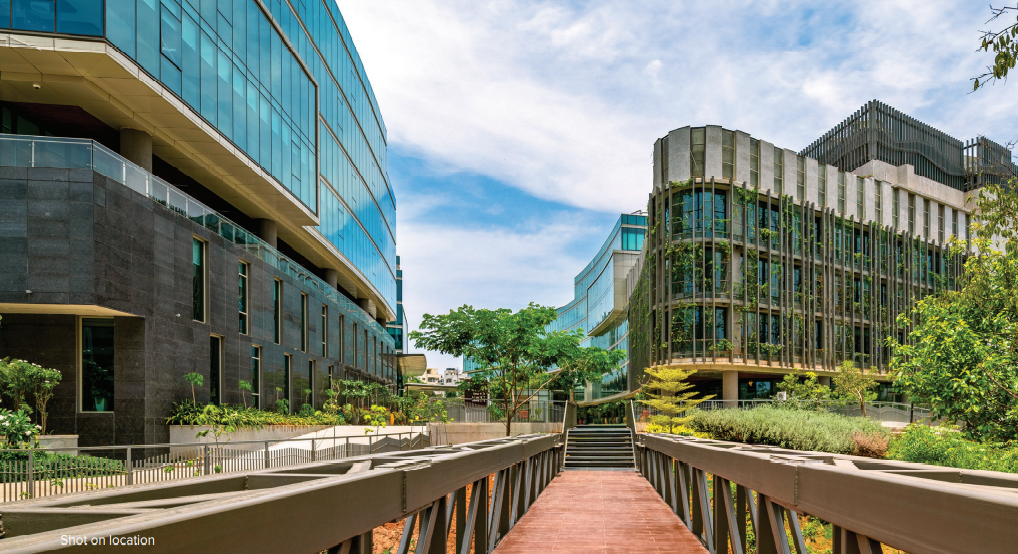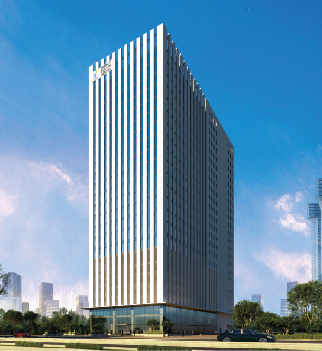
Commercial
Fit-Out, Customisation & Setup for Your Workspace: Choosing the Right Office Solution
June 11, 2025
In the fast-paced world of commercial real estate, choosing the proper workspace goes beyond size and location. It is about creating a productive, customised environment that reflects your brand, boosts employee engagement, and supports long-term growth.
Whether choosing a ready-to-fit-out office building or a plug-and-play arrangement, familiarising yourself with the intricacies is crucial to making the optimal choice.
This blog discusses commercial office building fit-outs, distinguishing between "ready to fit-out" and "ready to occupy" arrangements, prime priority customisation strategies and procuring the right workspace companion.
What Are Office Fit-Outs?
Fit-out converts bare or partially fitted commercial premises into functioning areas ready for commercial property use as office space. Depending on the space leased, the tenants may be liable for performing different levels of fitting out and customising from zero to complete.
There are four general categories of office fit-outs:
- Shell and Core: The internal structure of lifts, shared facilities and structural areas is incomplete. The tenants must undertake all interior work.
- Bare Shell: Completed external walls of rooms, minimum flooring and incomplete HVAC and lighting. It demands significant effort from the tenants.
- Warm Shell: These provide a few finish items, such as HVAC and floors, and minimal MEP services. They are a halfway point between customisation and usability.
- Category A and B Fit-Outs: These consist of completed internal services (Category A) to fully finished workplaces, including partitions, branding and integrating technology (Category B).
Fit-outs are very important in preparing workspaces so businesses can build infrastructure tailored to their brand, culture and workflow.
Ready to Fit-Out vs. Ready to Occupy: What’s the Difference?
When businesses consider office space, they can choose between two alternatives: ready-to-fit-out office space and ready-to-occupy office space. Both are for different business uses.
Ready to Fit-Out
- Comprises: Base infrastructure such as HVAC, power, water, lifts and toilets. It can be supplied in warm shell or bare shell condition.
- Suitable for: Businesses requiring end-to-end workspace customisation, from interior design to furniture, branding and IT infrastructure.
- Pros: More control over office layout design and leasehold improvement.
- Cons: Longer setup time and fit-out cost.
Ready to Occupy
- Comprises: Fully fitted-out, plug-and-play offices with IT installation, ergonomic fit-out and branding-ready interior.
- Suitable for: Businesses requiring to move in swiftly with minimal disruption.
- Advantages: Quicker occupation, fixed expenditure and lower operating disruption.
- Disadvantages: Limited potential for customisation and compromises on design requirements.
| Criteria | Ready to Fit-Out | Ready to Occupy |
|---|---|---|
| Setup Time | 1–3 months | 1–2 weeks |
| Customisation Level | High (full branding, layout) | Low to medium |
| Initial Fit-Out Cost | High | Included in the rental |
| Office Space Flexibility | Excellent | Moderate |
| Best For | Medium to large enterprises | Startups, remote branches |
Major Components of a Workspace Fit-Out
An efficient interior fit-out process is based on several crucial factors. These need to accommodate aesthetics, operational efficiency and long-term performance.
1. MEP Planning
MEP (Electrical, Mechanical and Plumbing) is the heart of any office complex. MEP systems should conform to building regulations and be energy-efficient, especially in bare-shell office complexes.
2. Interior Design & Layout
They encompass open-plan workstations, meeting rooms, collaboration spaces, breakout spaces, wellness nooks and wall partitions. An accurate office layout plan ensures the well-being and productivity of employees.
3. Furniture and IT Setup
A fit-out should encompass infrastructure that ensures smooth functioning, including ergonomic seating, IT cabling and server rooms.
4. Branding and Aesthetics
A branded office improves company identity and employee morale. This comprises colour schemes, signage, murals and digital installations.
5. Safety and Sustainability
Offices today feature fire protection equipment, emergency exits and energy-efficient offices with LEED or IGBC compliance.
Customisation Based on Business Needs
Industries have different types of configurations:
- Tech Startups: Breakout areas, plug-and-play meeting rooms and server space.
- Consulting Firms: Cabanas, formal meeting rooms and client lounges.
- Creative Agencies: Open configurations with flexible seating, brainstorming areas and visual attention.
Organisations that plan to grow with their offices implement modular configurations with mobile dividers and movable desks that grow with them.
Office Fit-Out Timeline and Cost Drivers
Fit-Out Timeline (India-Based Averages):
- Planning & Design: 2–4 weeks
- Approvals & Permits: 2–3 weeks
- Construction & Customisation: 6–12 weeks
- Furniture/IT Setup: 1–2 weeks
The final cost relies on material, branding level, area size and developer bargains. Some lease terms partially cover partial tenant fit-out requirements, while others leave the improvement work to tenants in full.
Selecting the Right Workspace Setup Partner
A seasoned developer or workspace solutions partner is the key to fruitful delivery.
Working with an experienced real estate partner like Brigade can streamline the entire fit-out journey, thanks to their integrated project delivery capabilities and tenant-first approach.
Why:
- Project Management Expertise: Experience is necessary to coordinate timelines, contractors and vendors. Choose teams that offer end-to-end solutions, from MEP to furniture installation.
- Vendor Coordination: Fit-out activities entail coordinating civil, electrical, plumbing, HVAC and technology suppliers. A mature partner guarantees smooth working between all systems.
- Legal and Compliance: Fire safety, environmental and urban planning laws must be maintained at all costs. Ensure the partner manages statutory clearance and compliance checklists.
Final Thoughts: Positioning for Success
Choosing between a ready-to-fit-out office building and a ready-to-occupy option depends on your company's timeline, budget and degree of personalisation. One offers speed and convenience, while the other offers flexibility and a customised environment.
Fit-outs aren't just appearances—they're intelligent investments in your business, staff and efficiency. With a good setup partner, your next business site can readily make your business concept a reality.
MUST READ
Looking for something specific?
We'd be delighted to help you.
